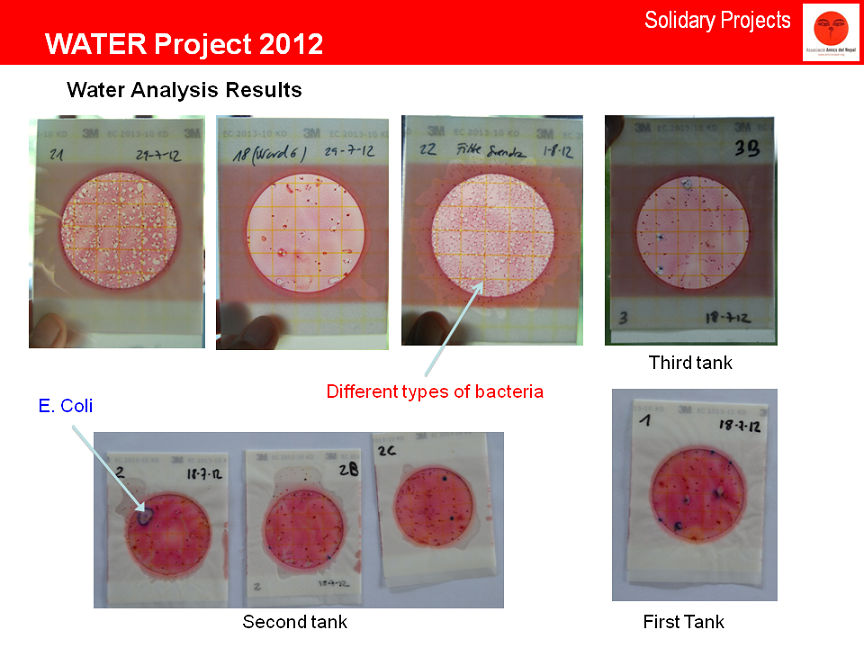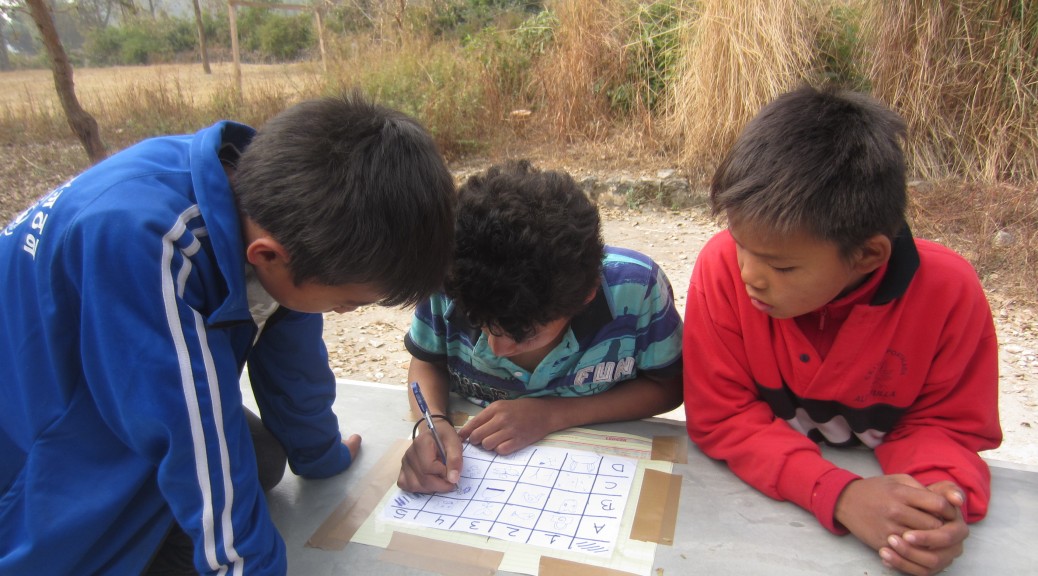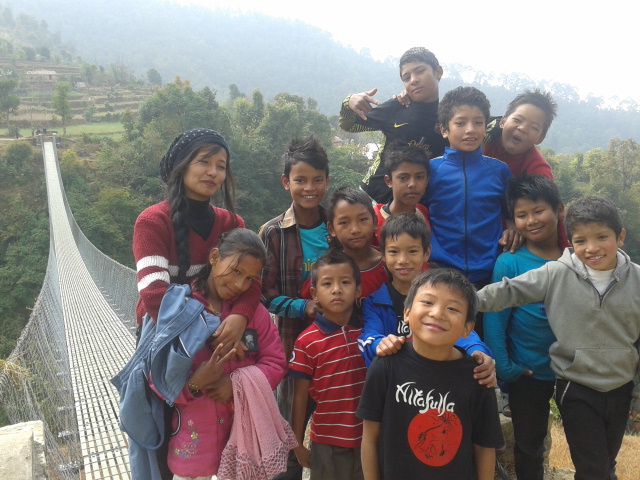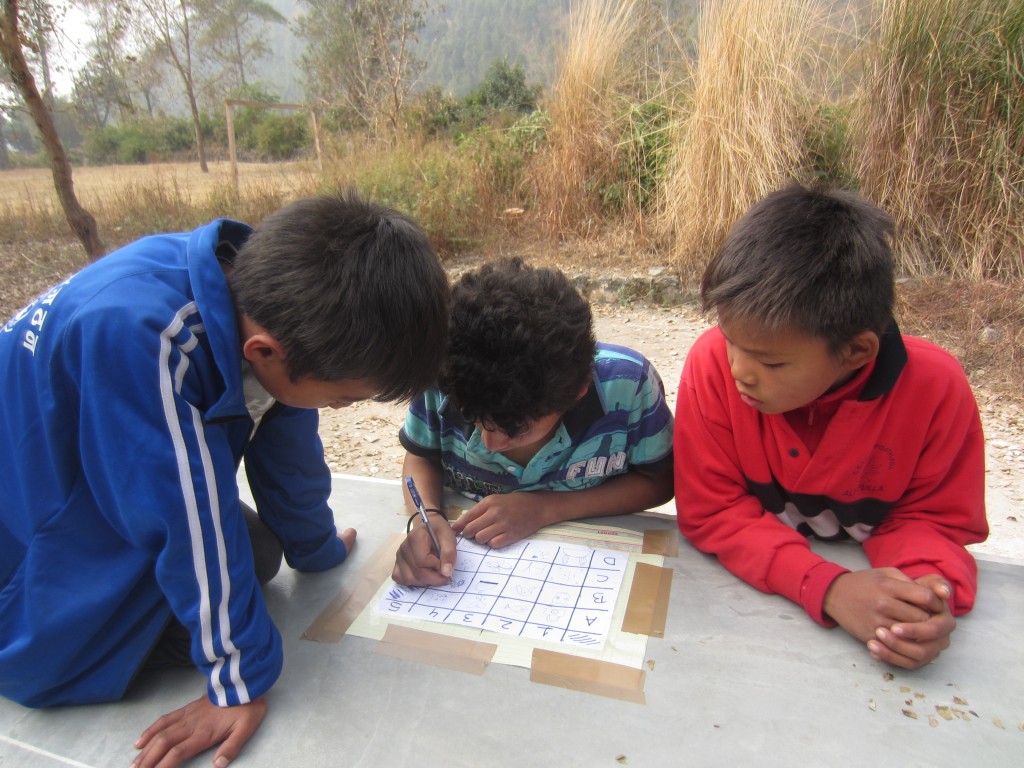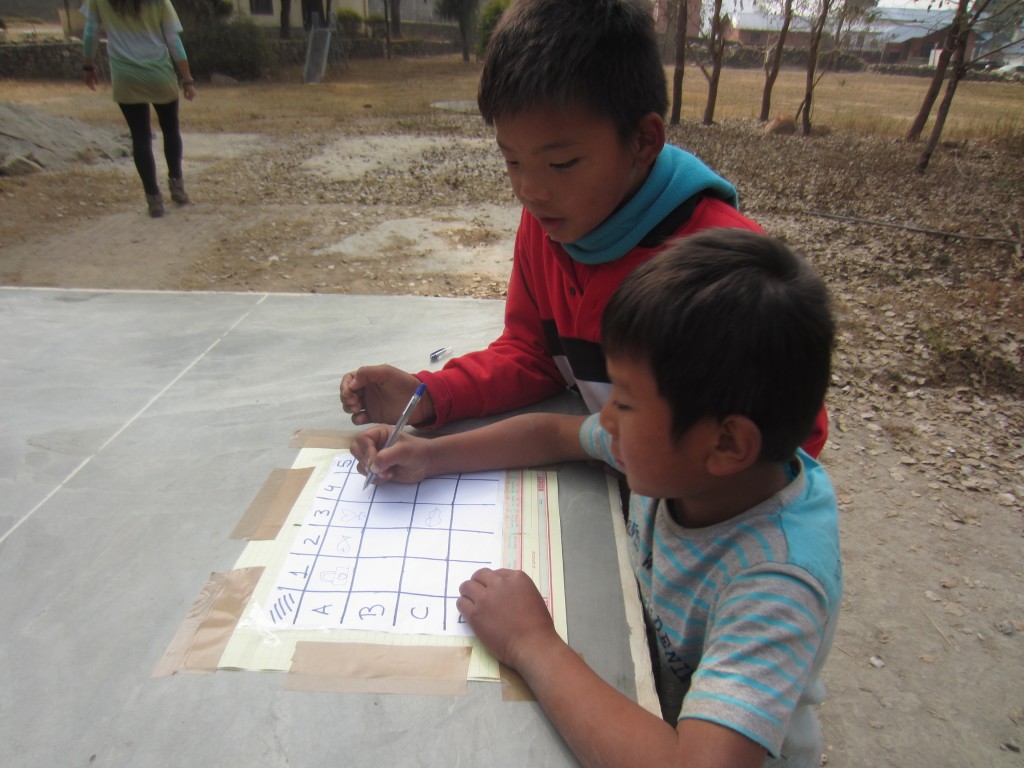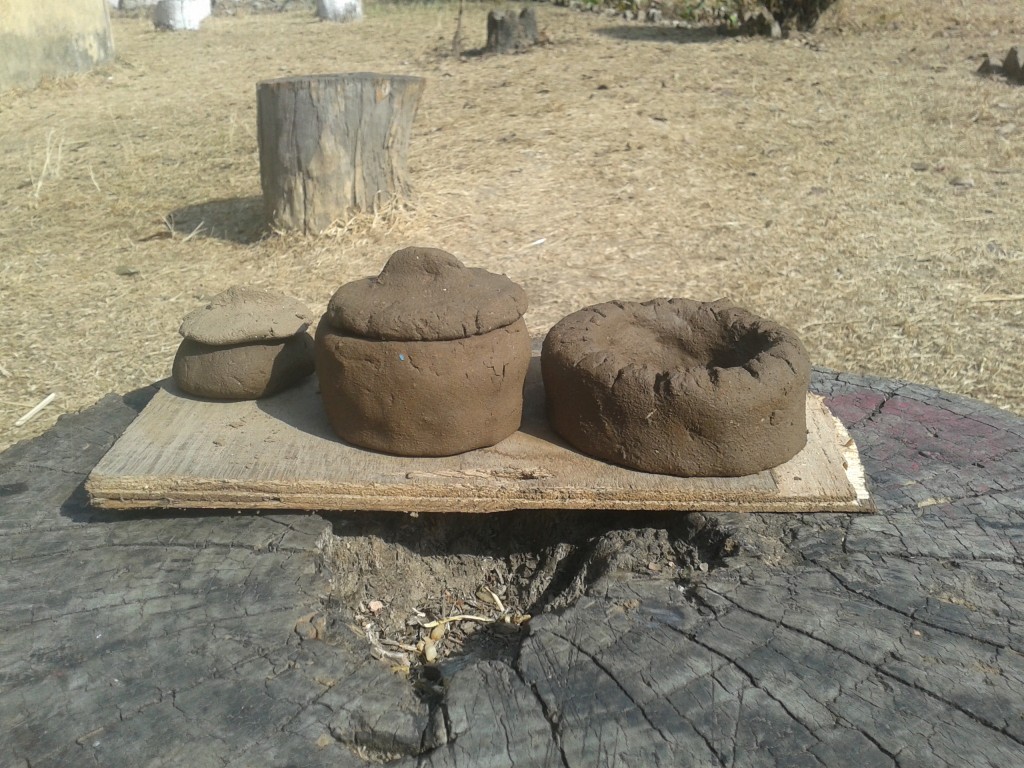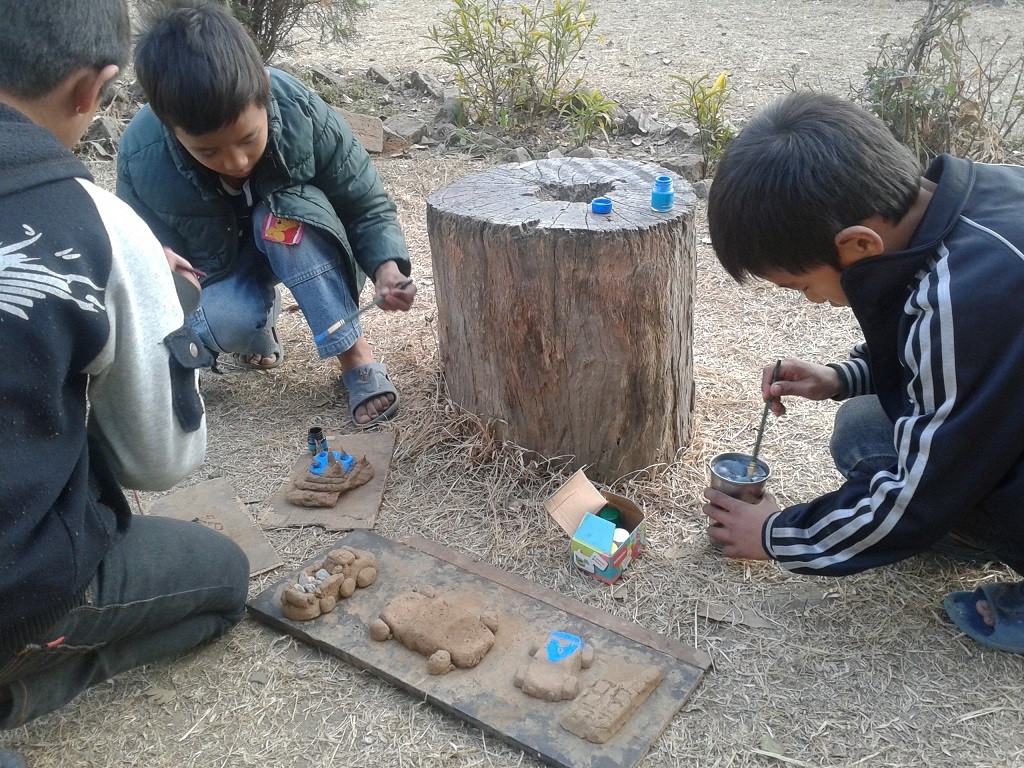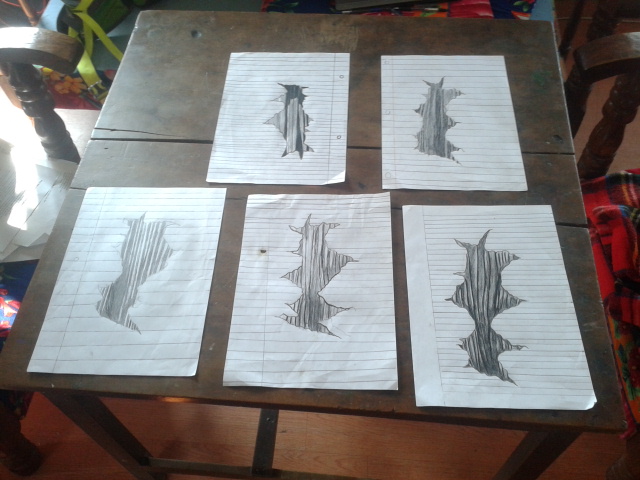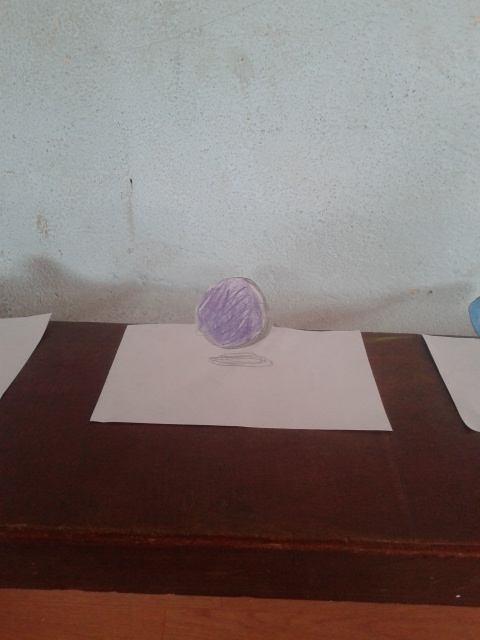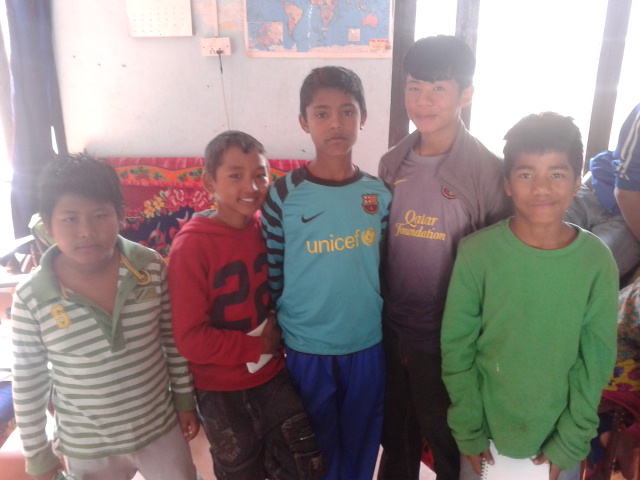Written by Isabel Valero, Bhimphedi Children Home volunteer
Shivaratri or Maha Shivaratri means the great night of Shiva or the night of Shiva: it is a festival to celebrate the Hindu deity Lord Shiva. Shivaratri is celebrated on the 6th night of the dark Falgun (March) every year.
Mahashivaratri marks the night when Lord Shiva performed the ′Tandava′, a traditional dance. It is also believed that on this day Lord Shiva was married to Parvati Ma. On this day Shiva devotees observe fast and offer fruits, flowers and leaves on Shiva Linga.


At night, like the Sant Joan night, they lit big bonfires. So for two days the children and volunteers have gone to look for firewood for the bonfire to make in the shelter.
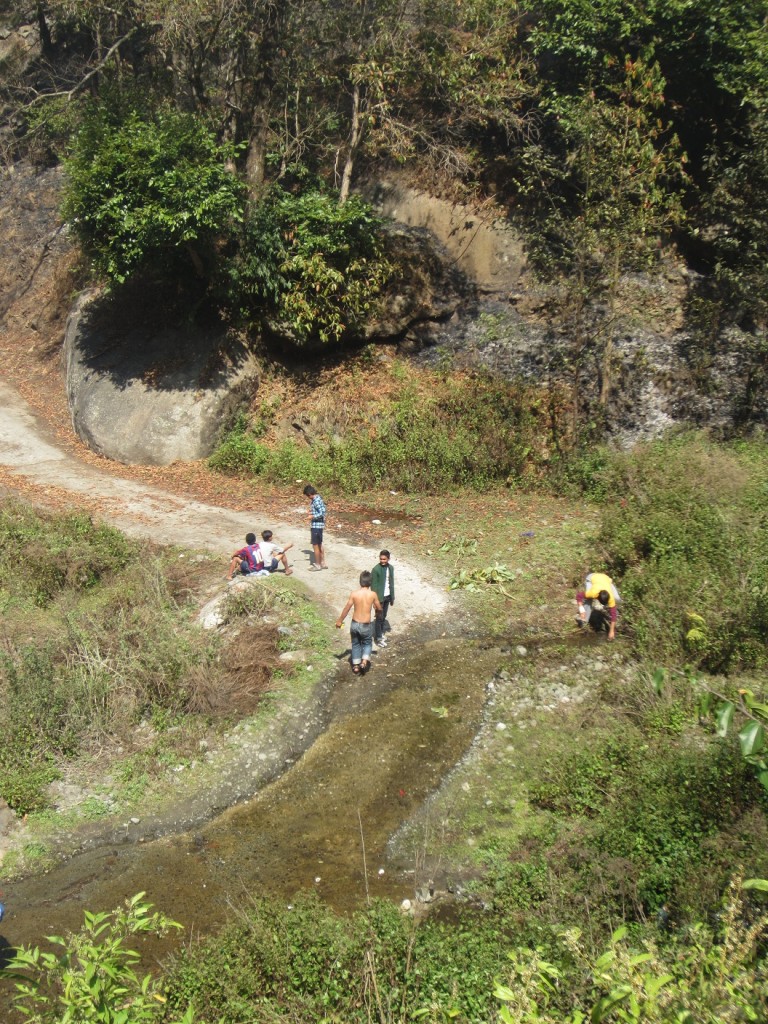


To make the party more memorable, the girls of the house decided that all girls, Didi and me wore the “sari” (the traditional gown). And so, while the boys prepared the logs and lit the bonfire we got the “saris” and it is not an easy task! All we had one in a different color. What joy!

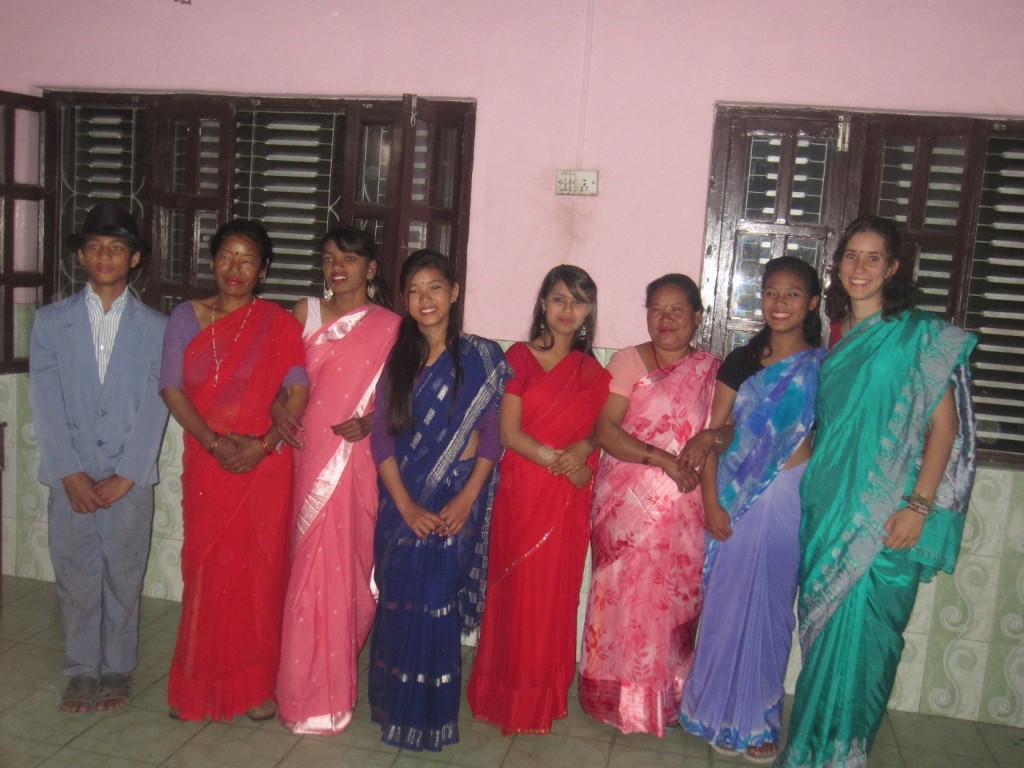

Once all preparations were ready, everyone gathered around the bonfire to dance and sing while Didis or any of the guys made sound with “madal”, the percussion instrument typical of Nepal.
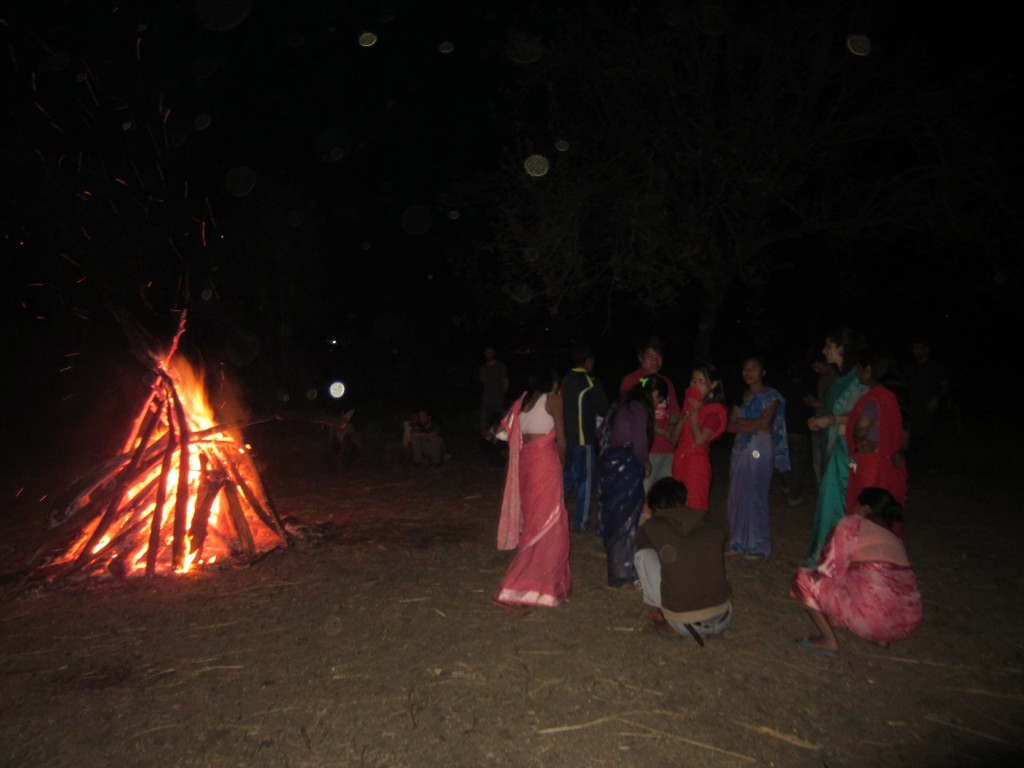
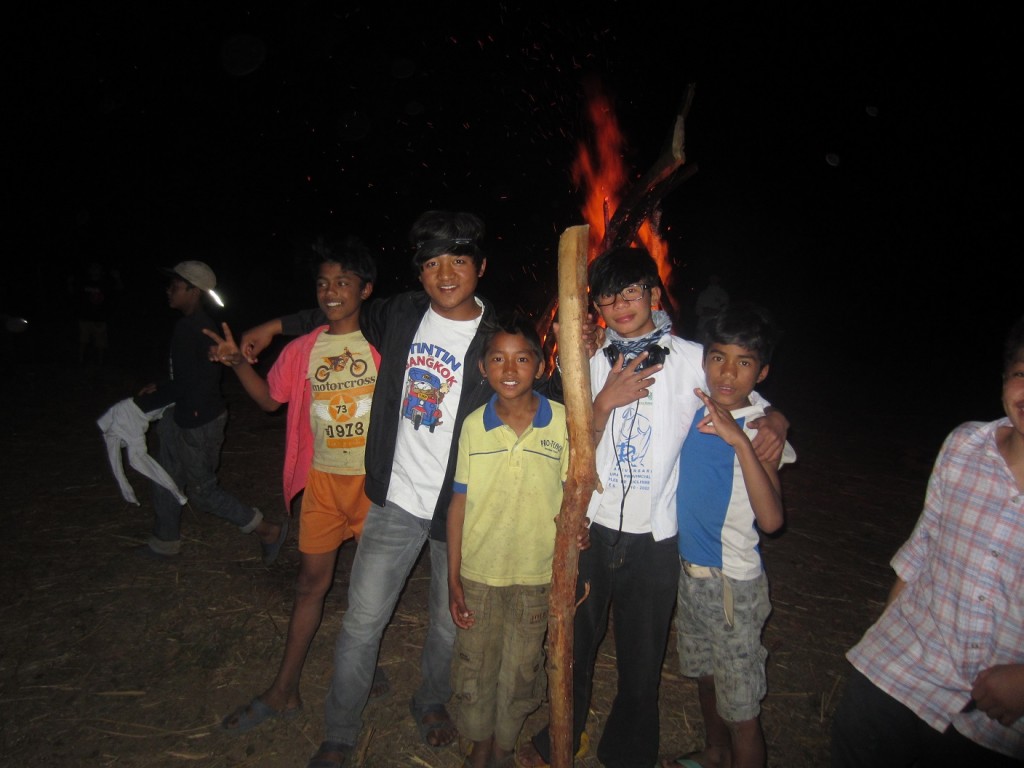
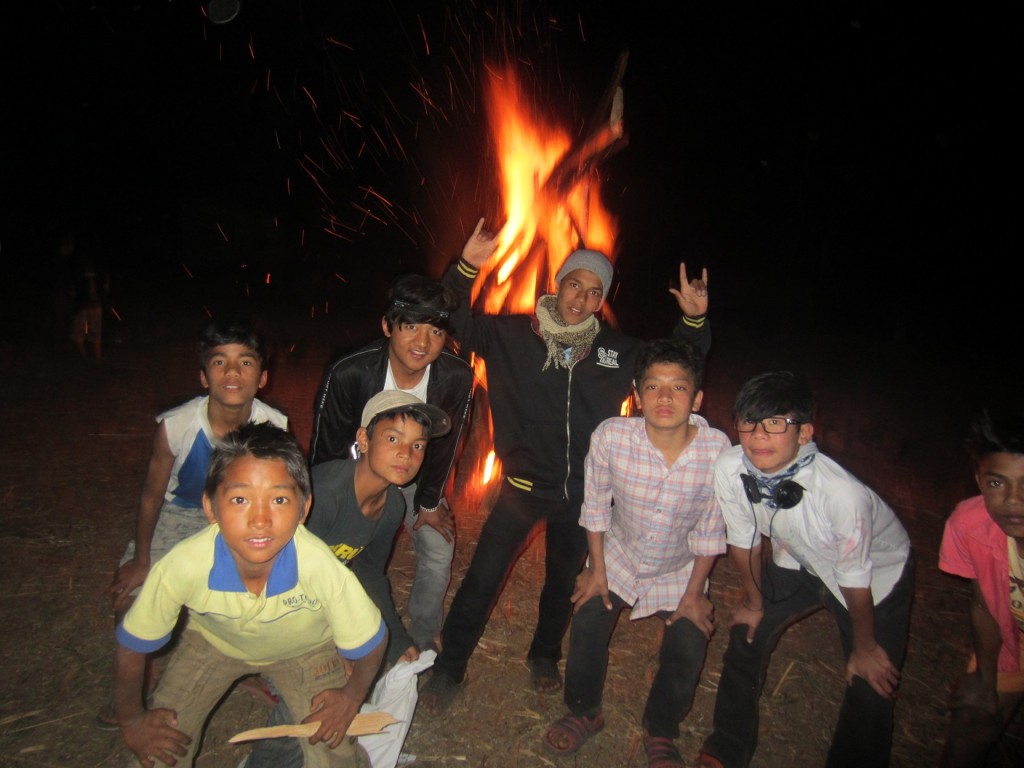
But it seems that was not enough in Bhimphedi these fires, they also wanted to coincide the “controlled” burning of the undergrowth. You can often see lines of fire in the mountains (which fail to burn the trees), but this time it is oute of control…
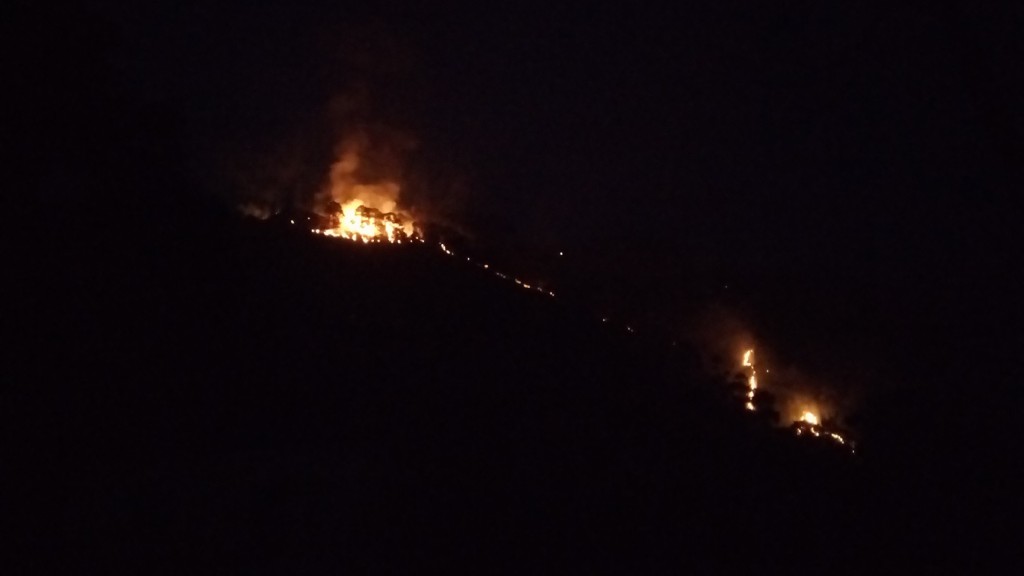
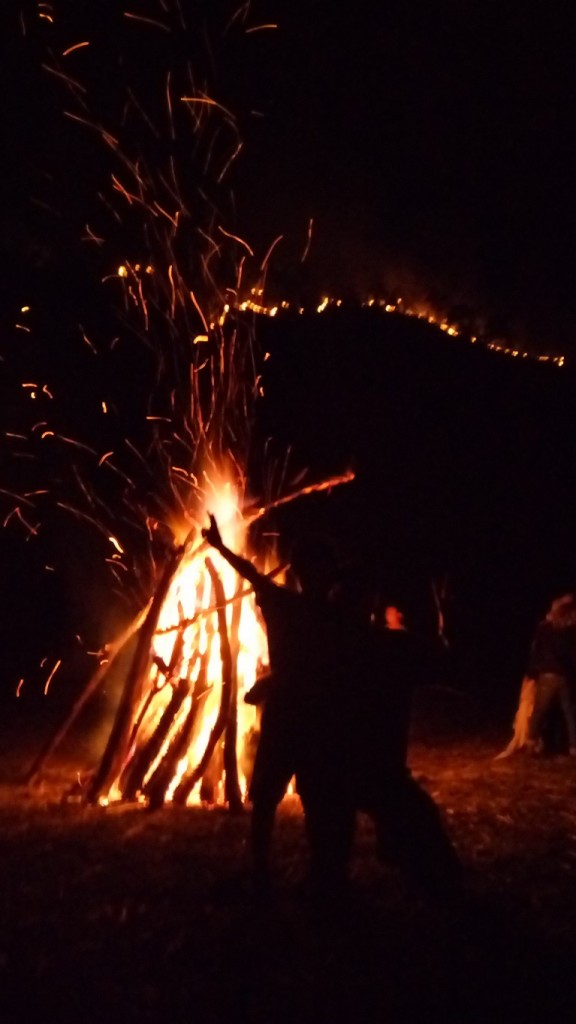
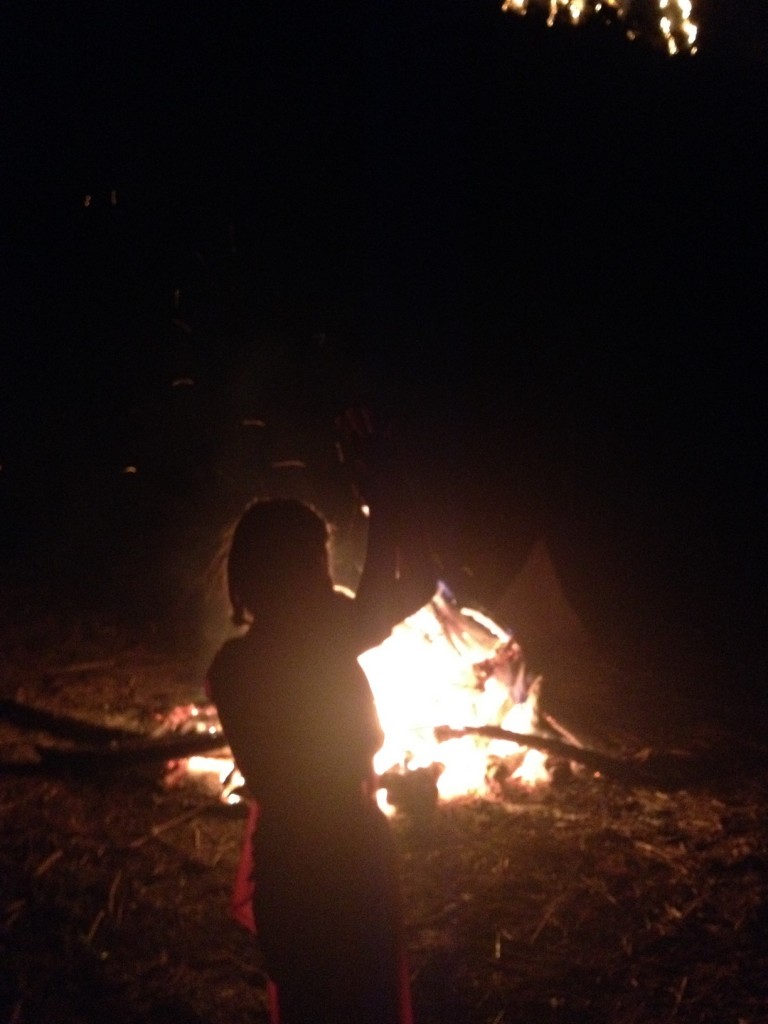
There is no festival in Nepal without a special meal for the occasion. For Shivaratri Didis prepared “halwa“, a type of mash meal, granulated sugar, milk, ghee (a type of butter), cashews, raisins and cardamom. Everyone went through the kitchen to go to eat some pieces, until Didis decided it was time to distribute it, and all had a binge of it!
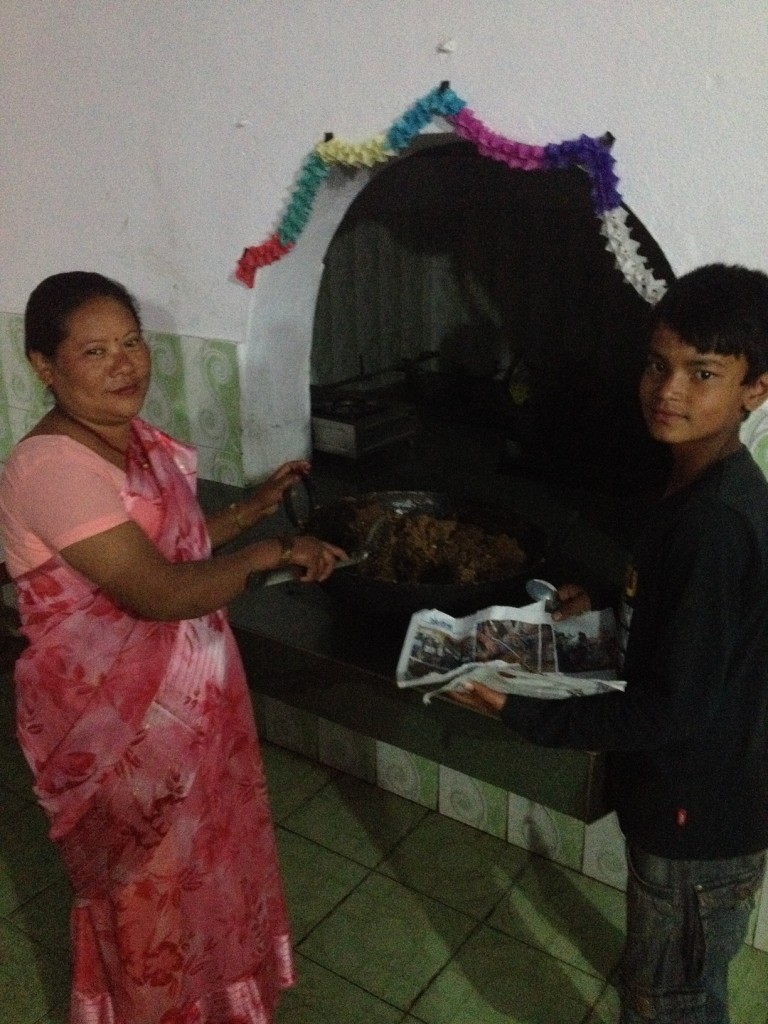
Now there are two more days holidays: Women’s day and Gyalpo Lhosar or Sherpa New Year Eve (men of the east), a caste that is mainly in the eastern Himalayan Nepal. Children will use these days to study a little and especially be ready for final exams.
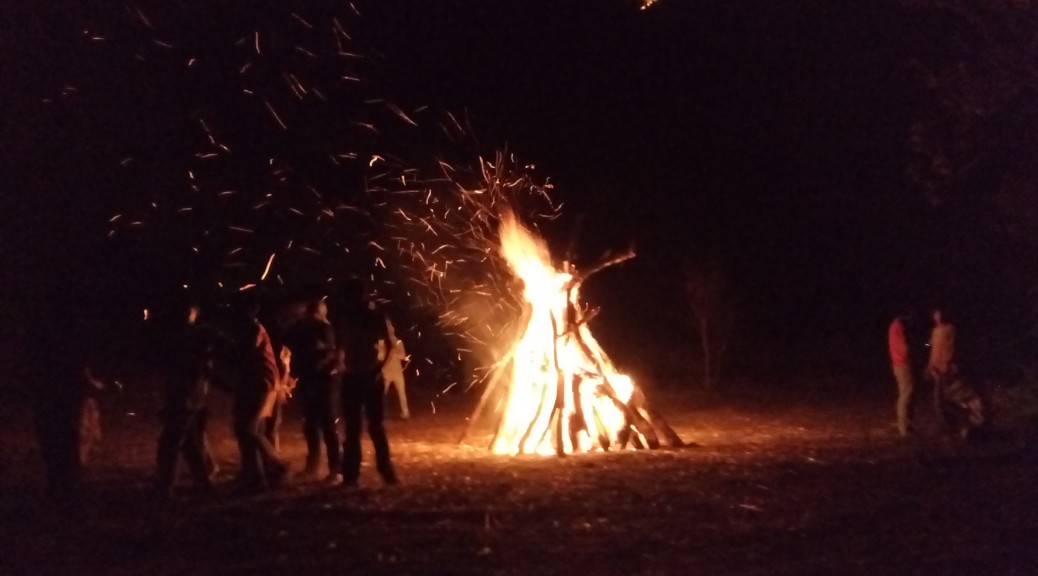
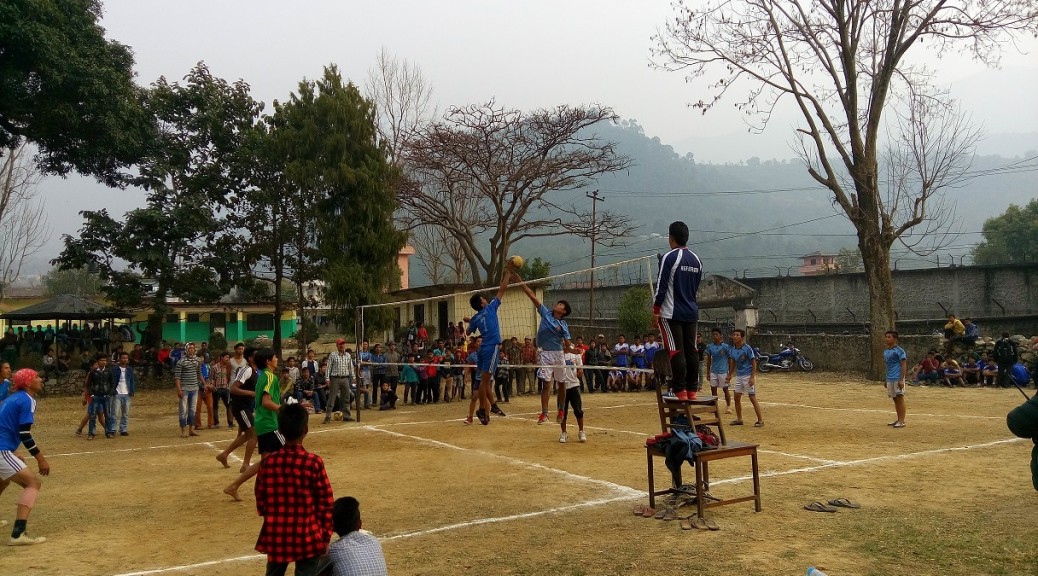
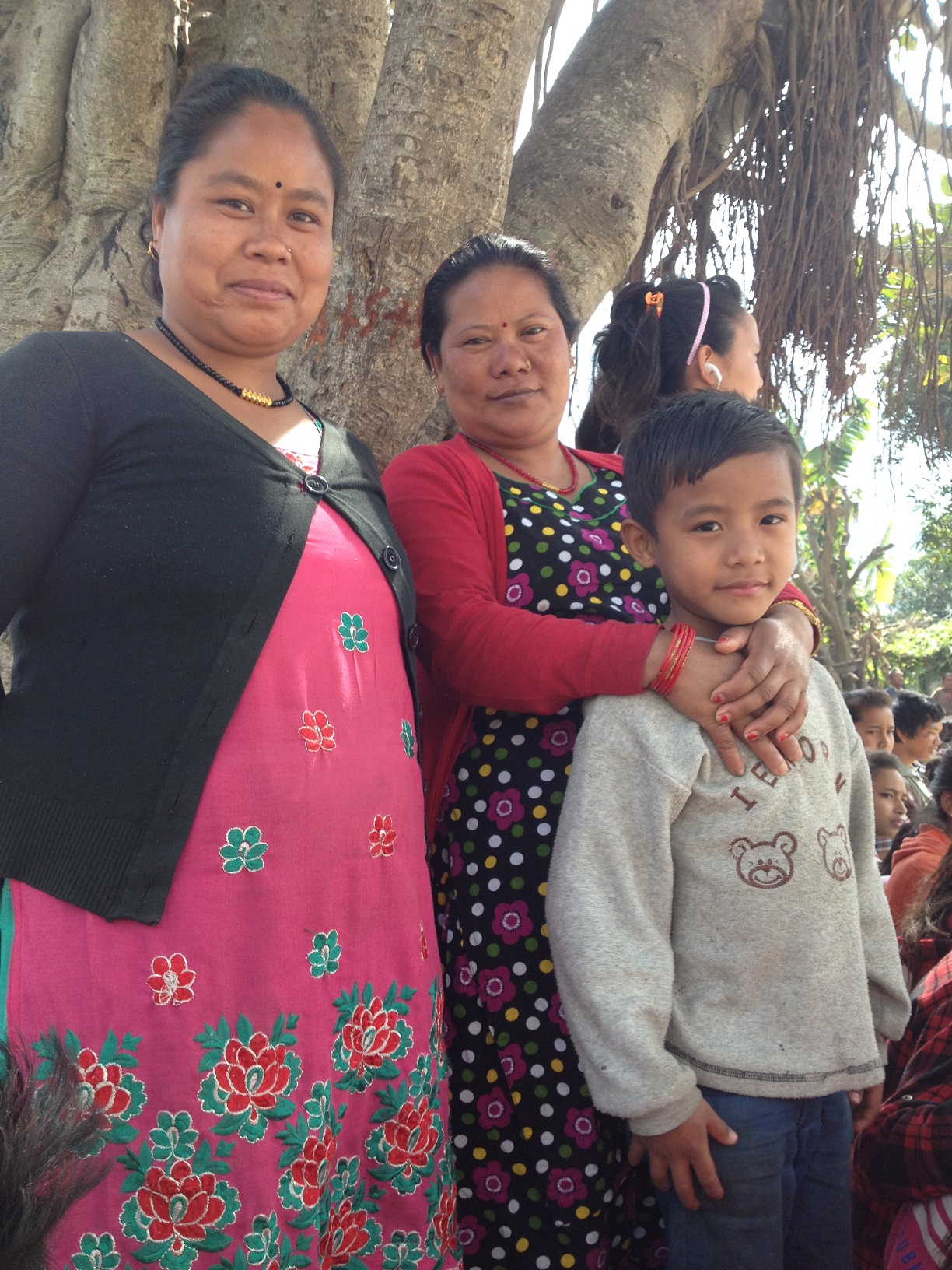
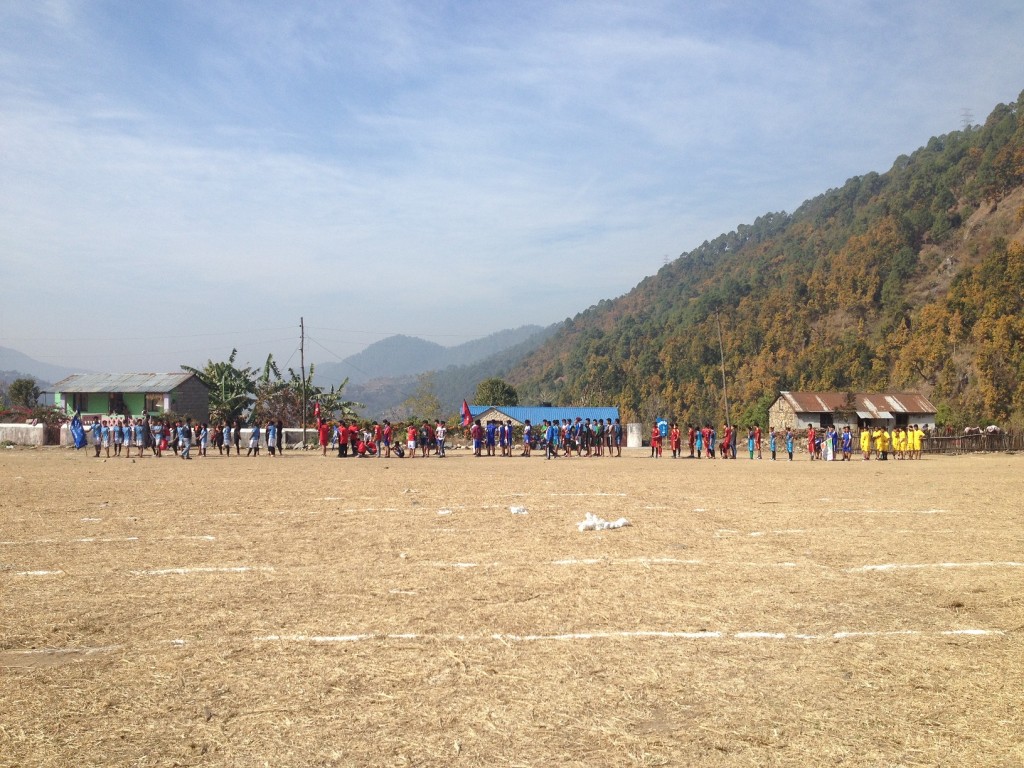
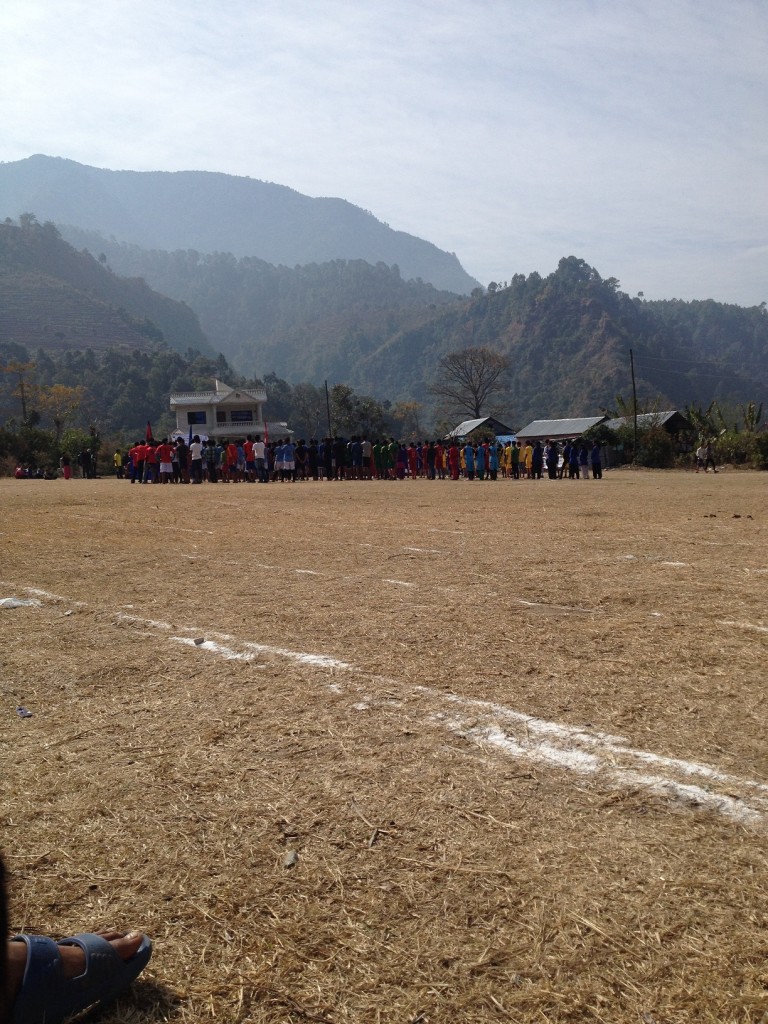
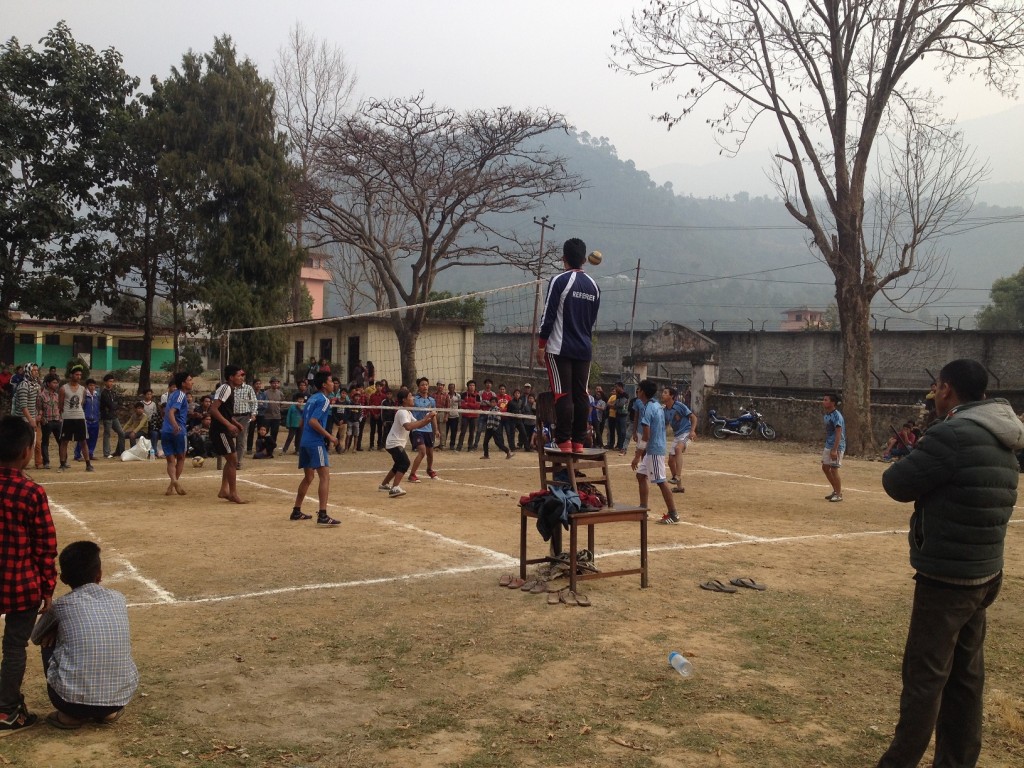

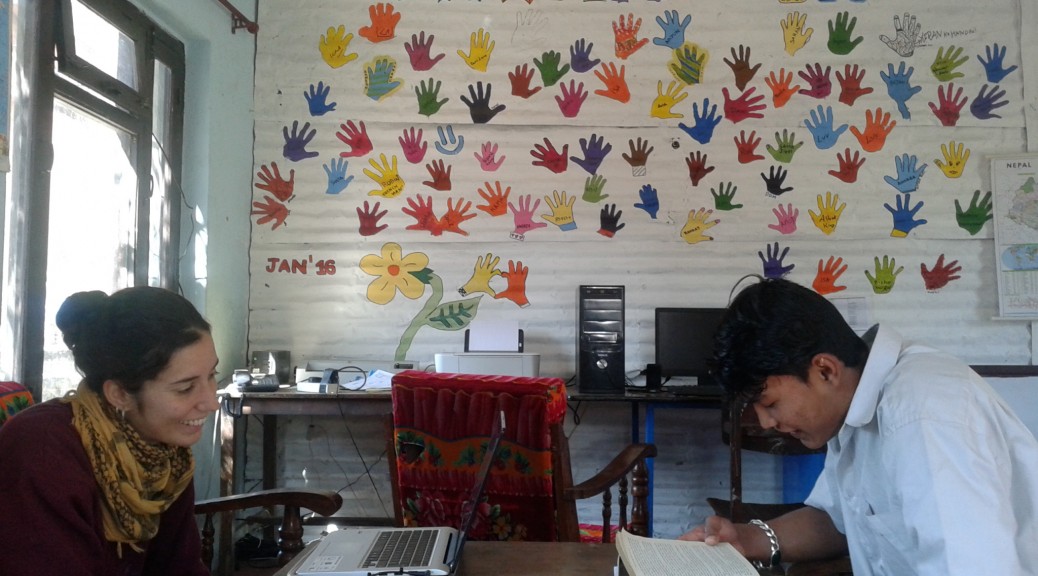
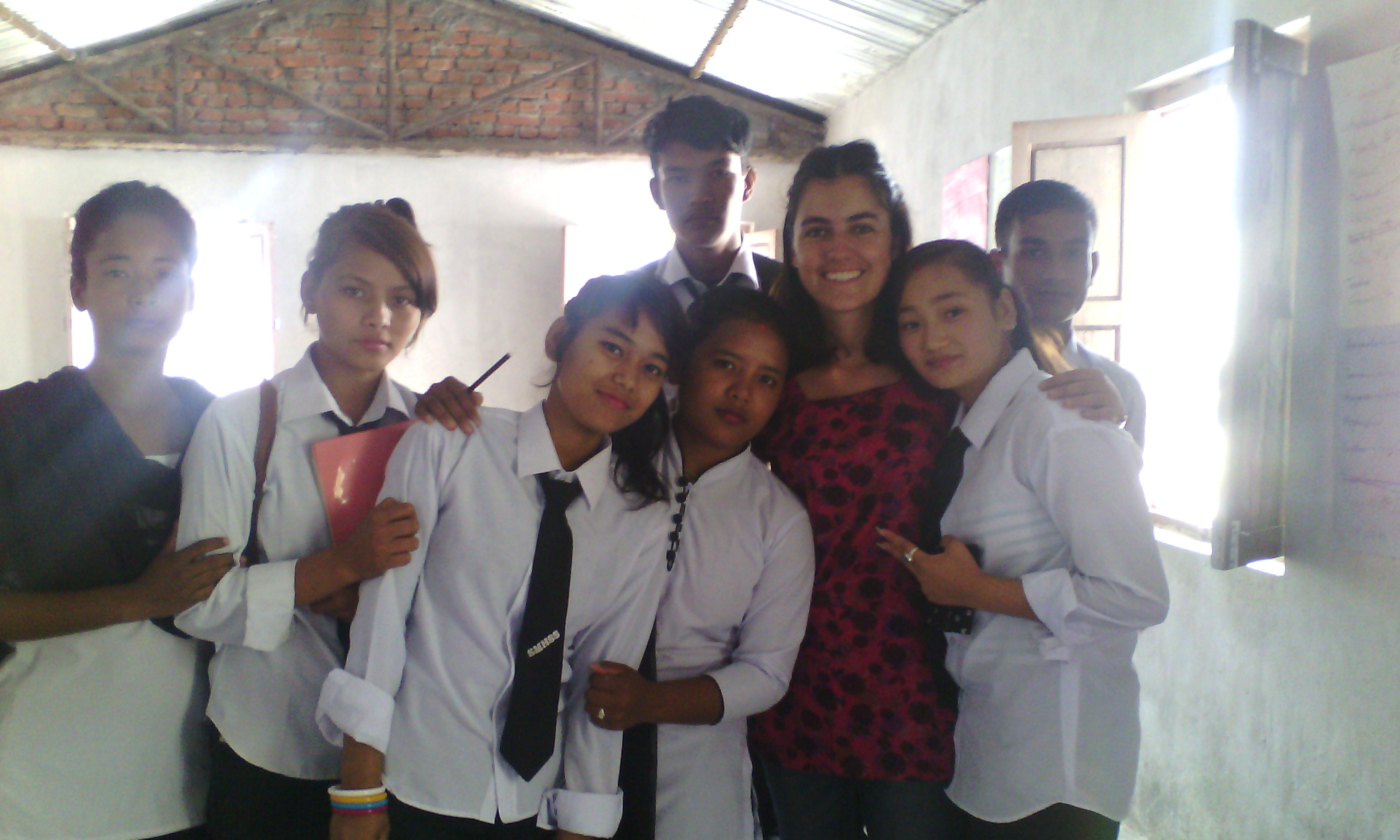

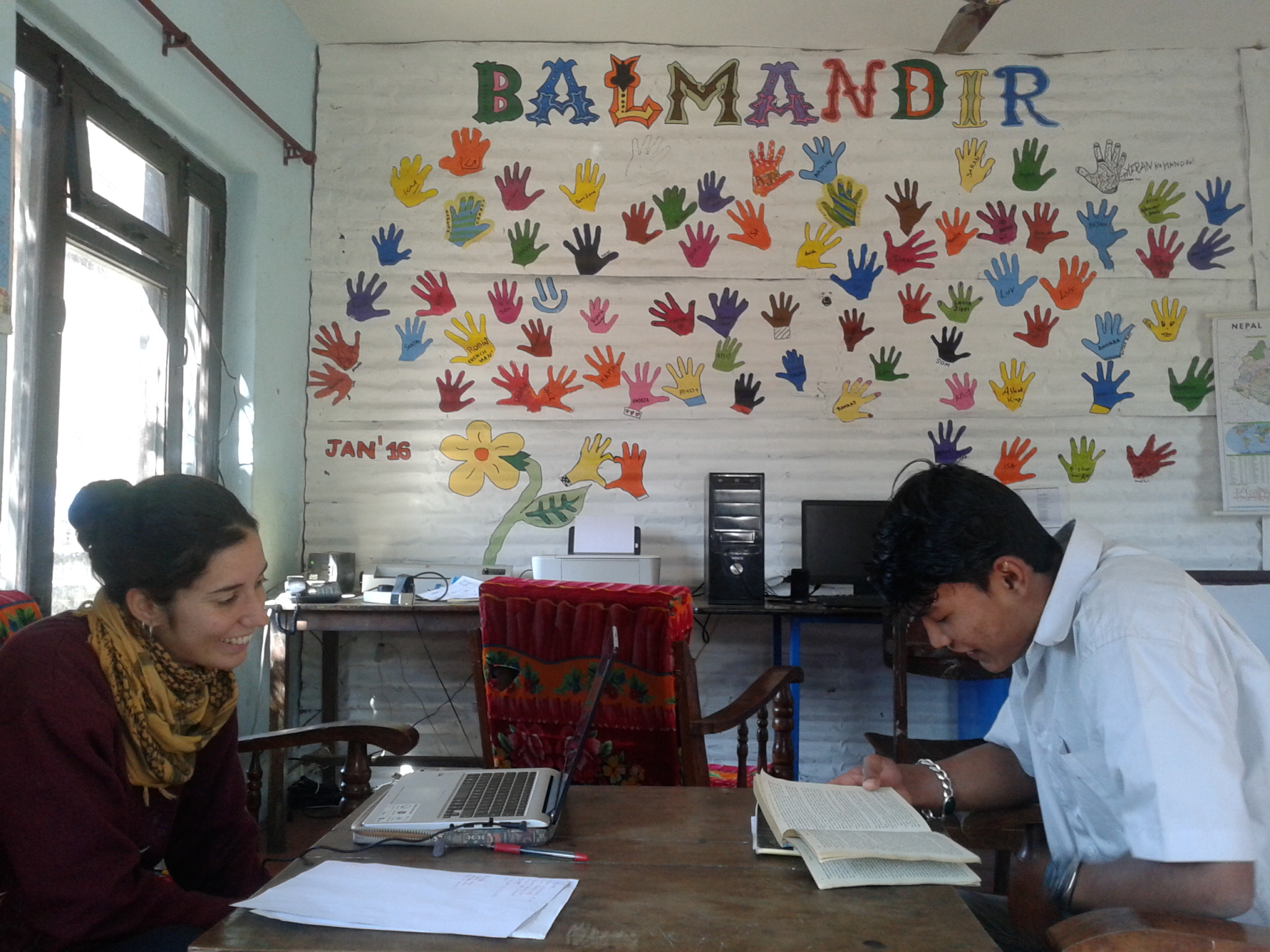
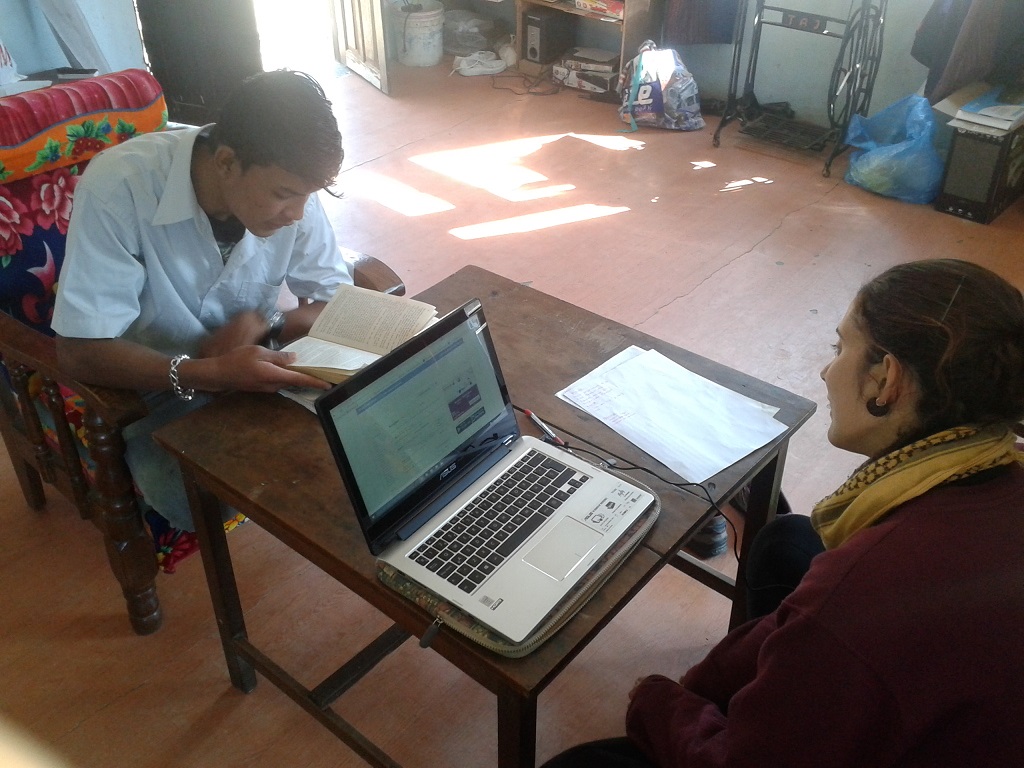




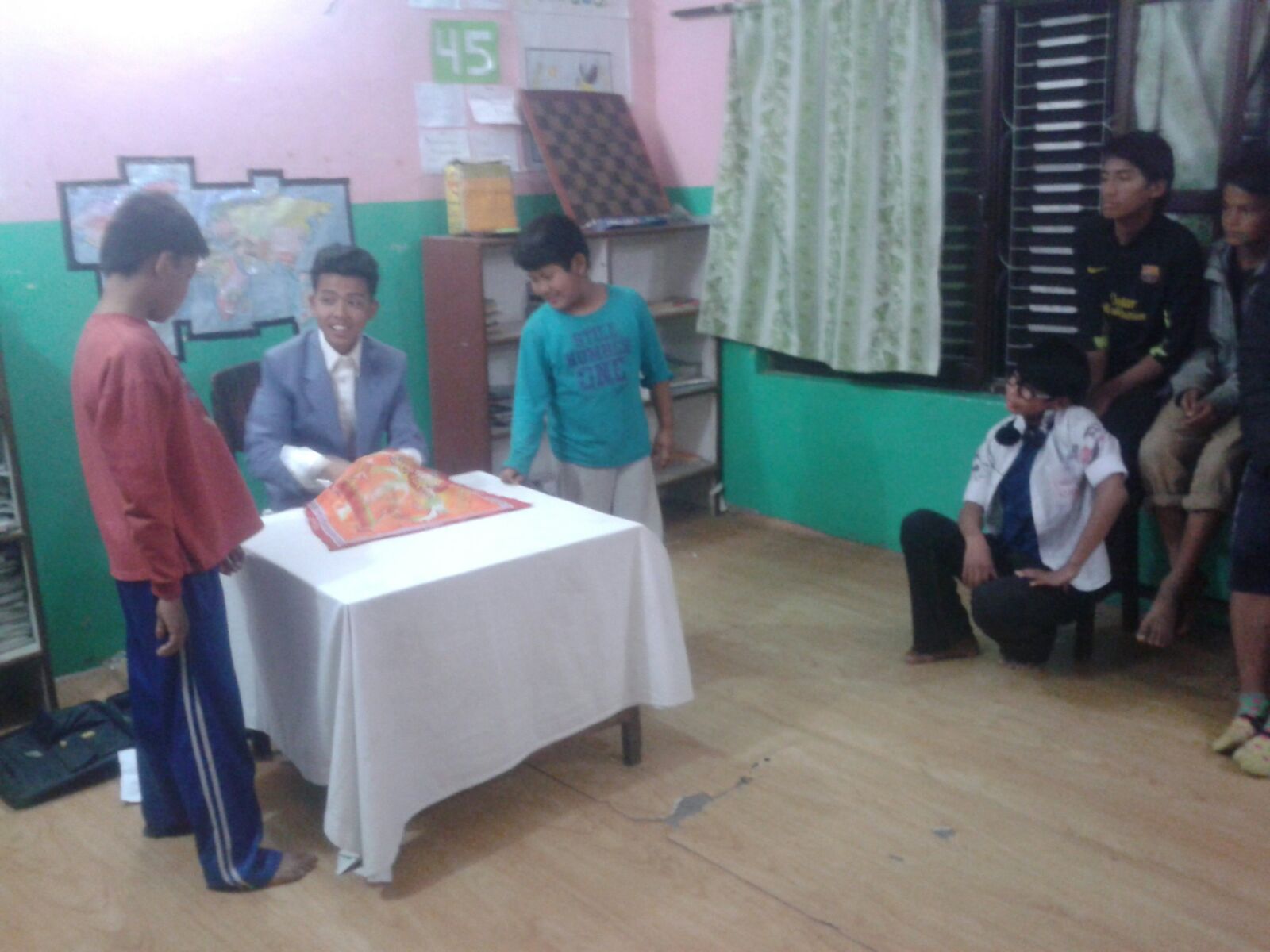
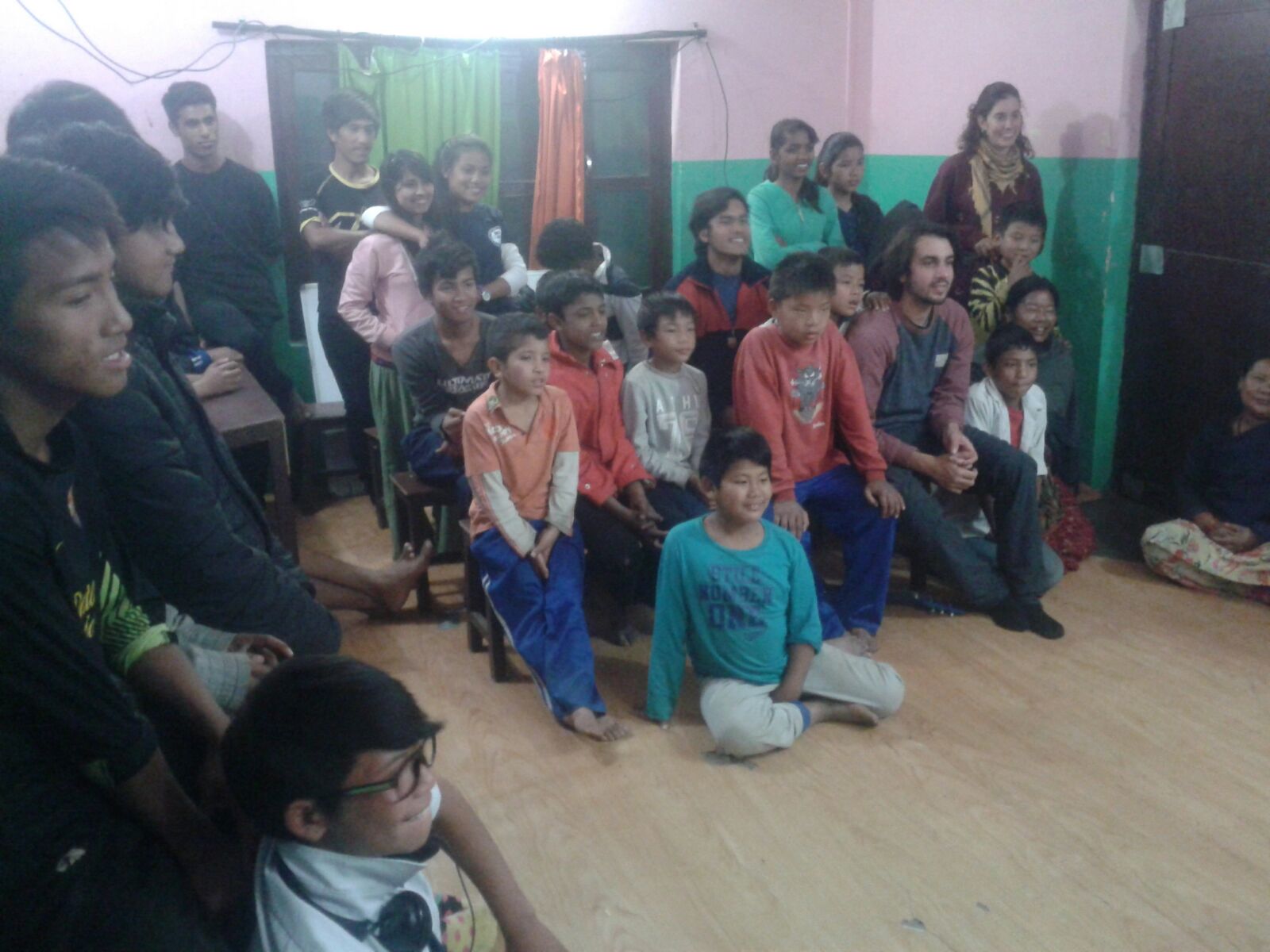


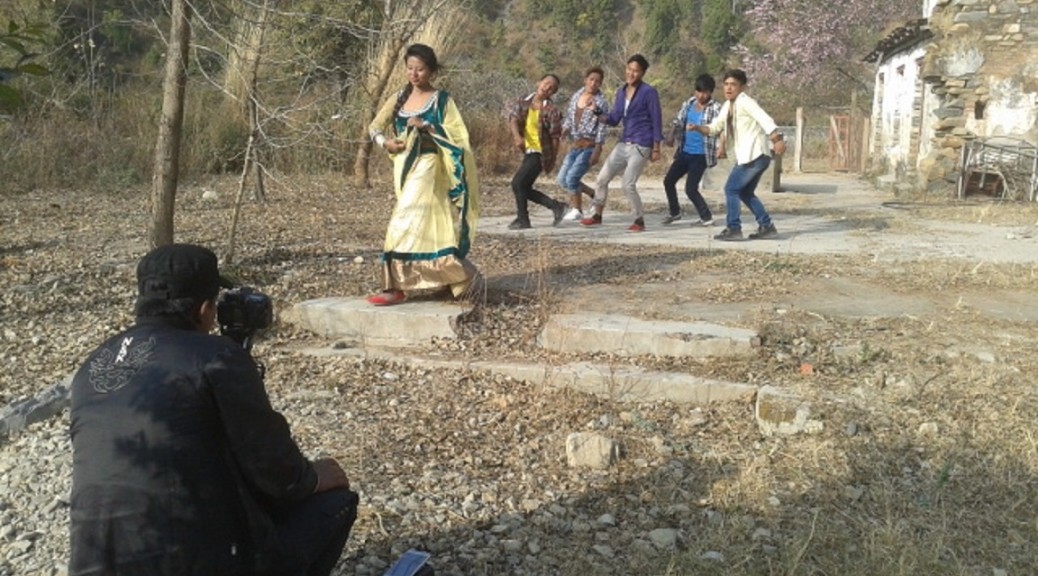
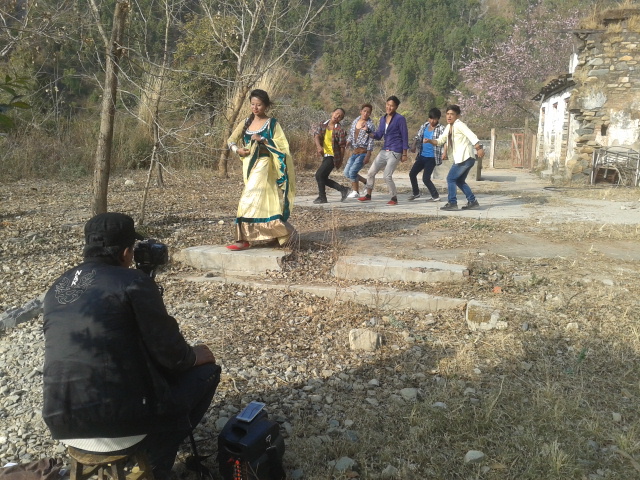
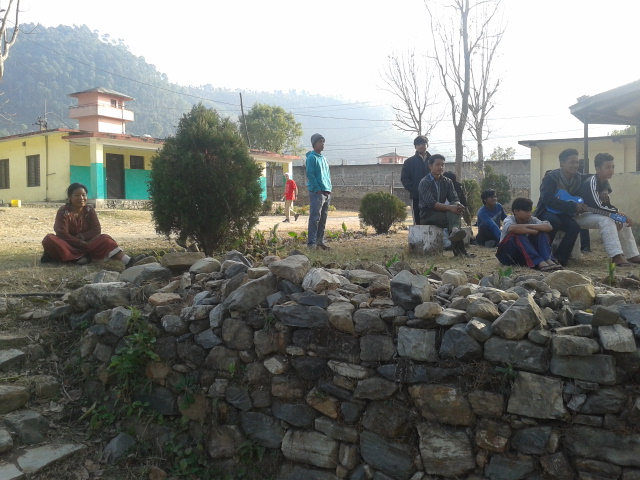
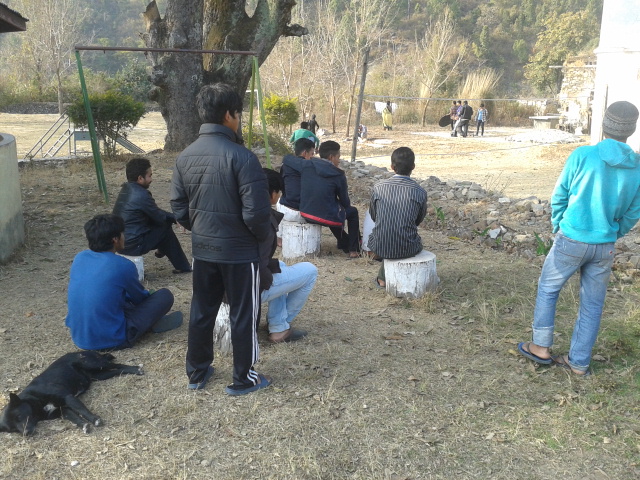

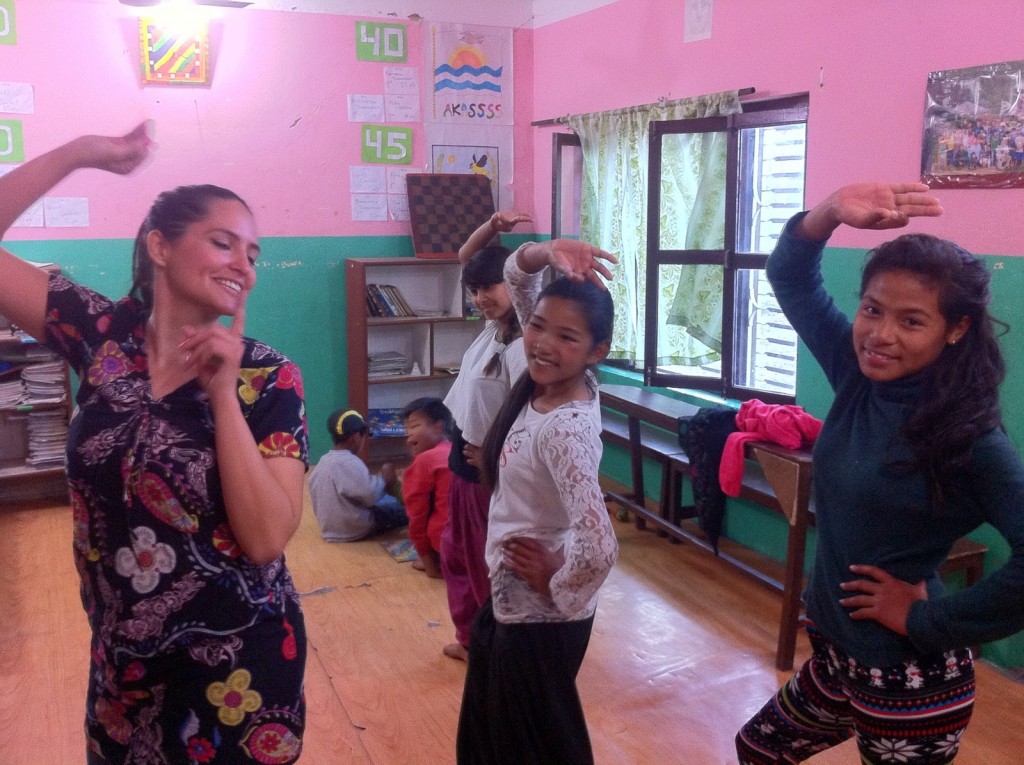
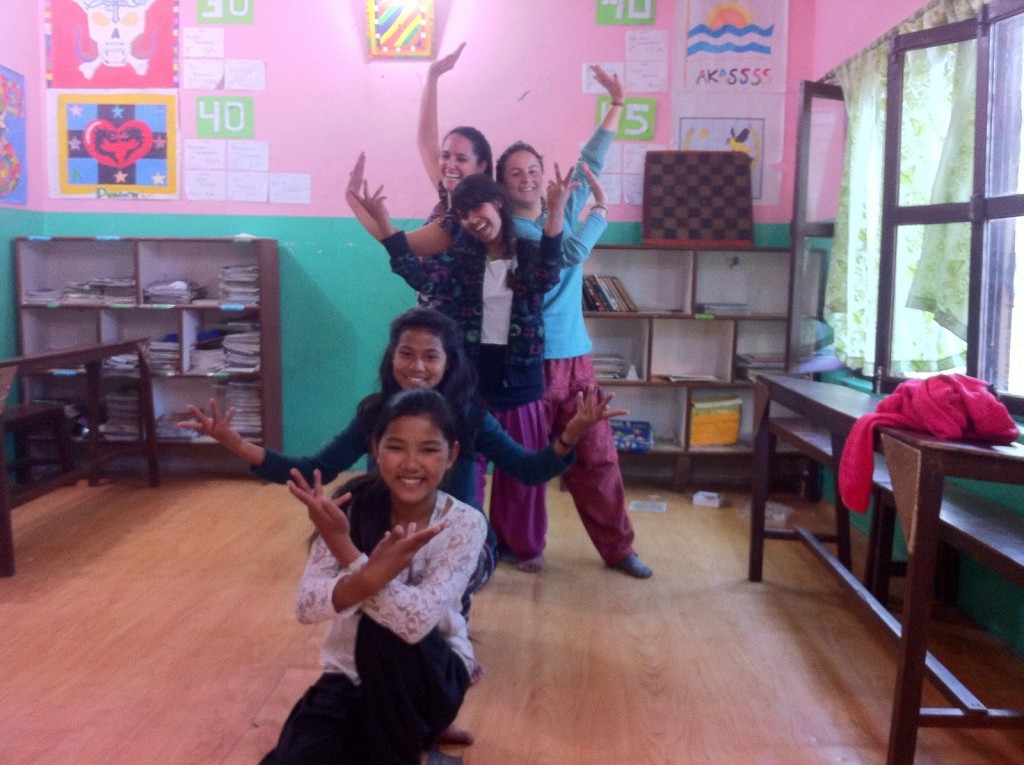
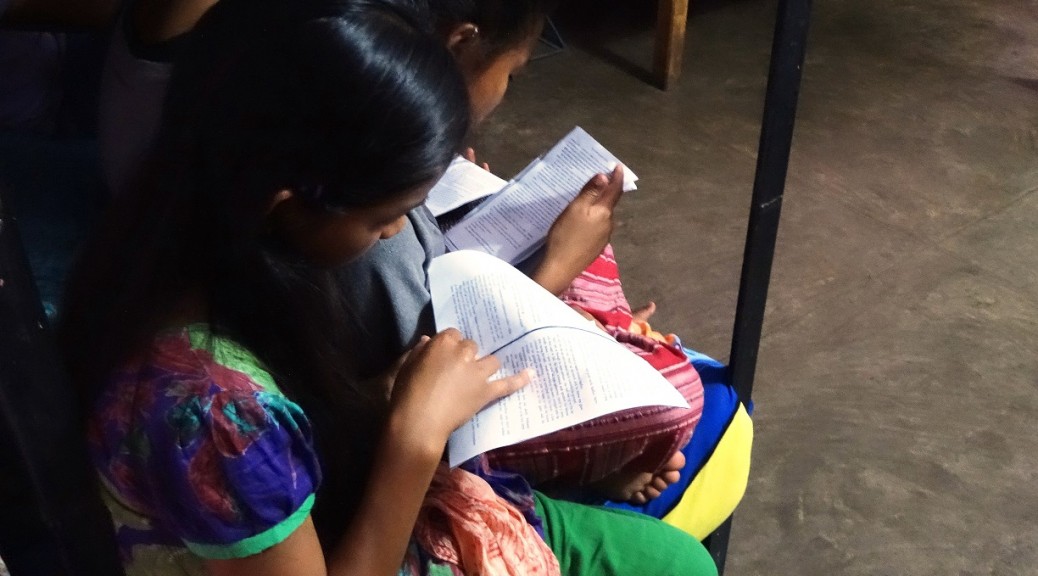
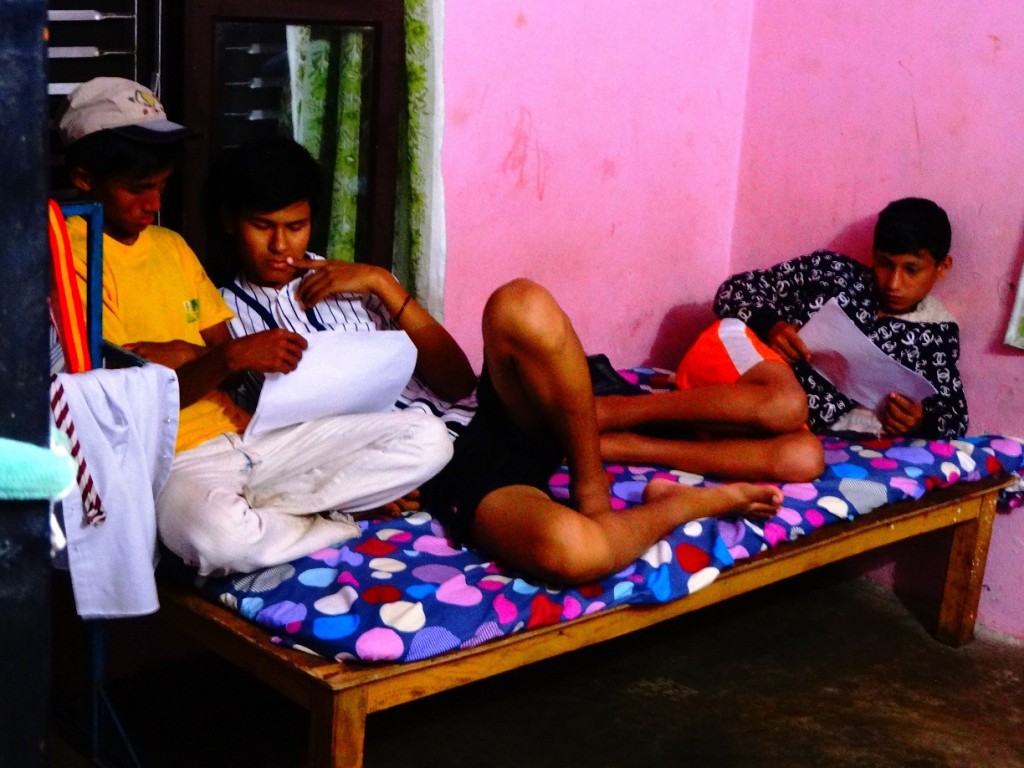
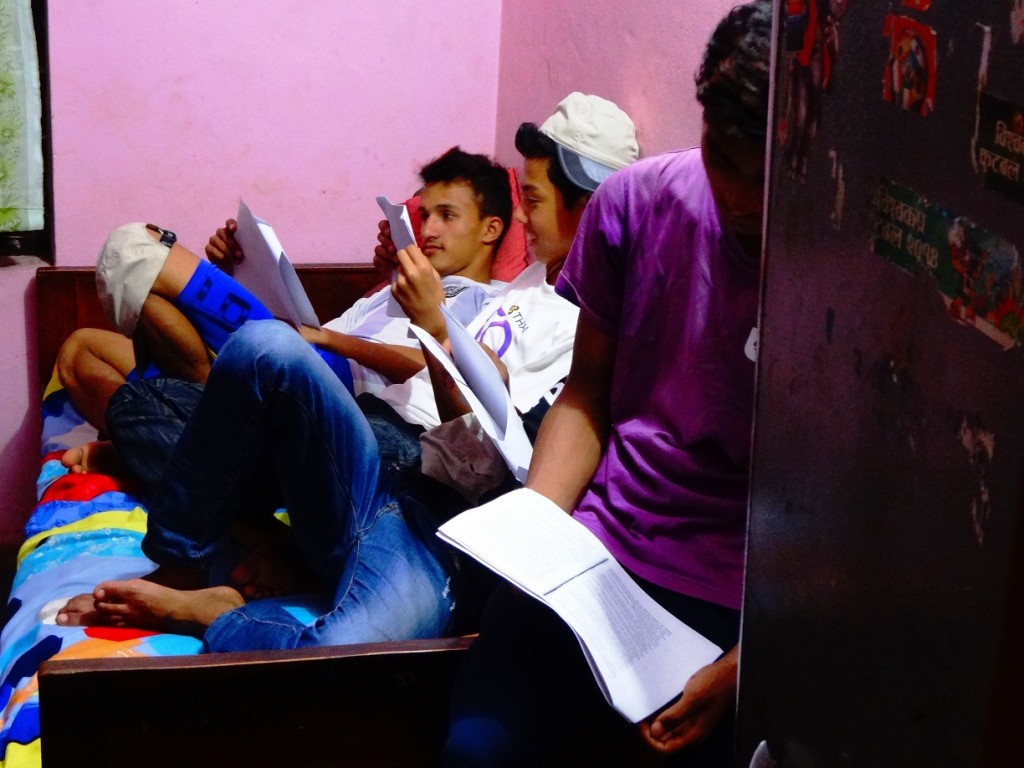
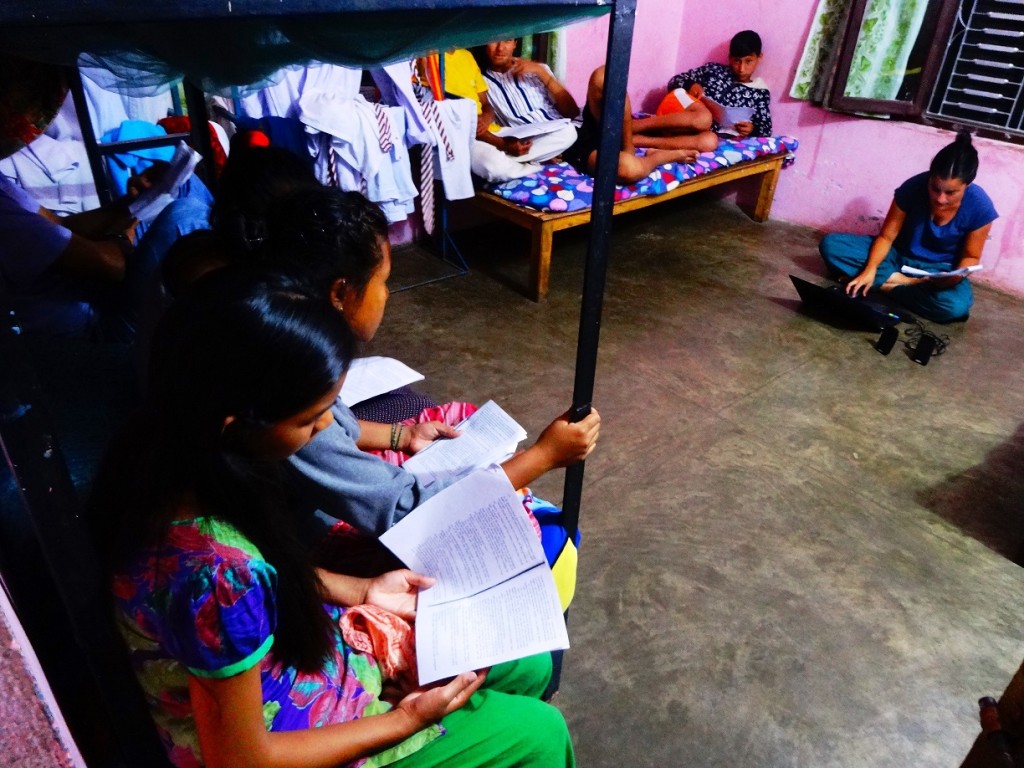
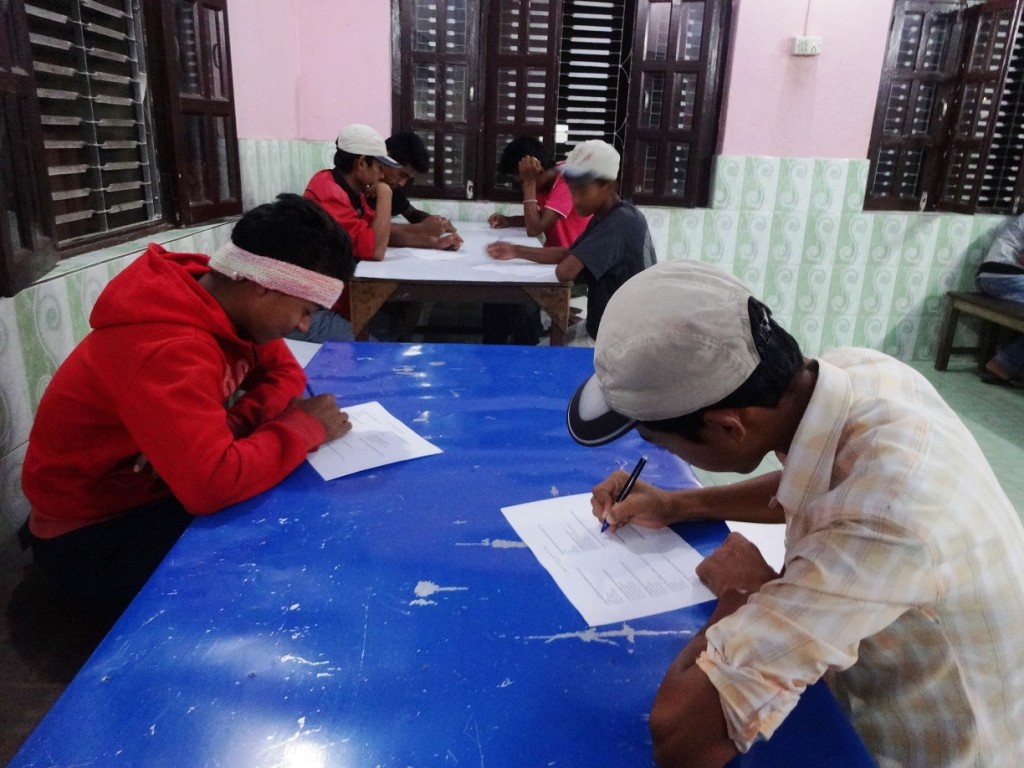


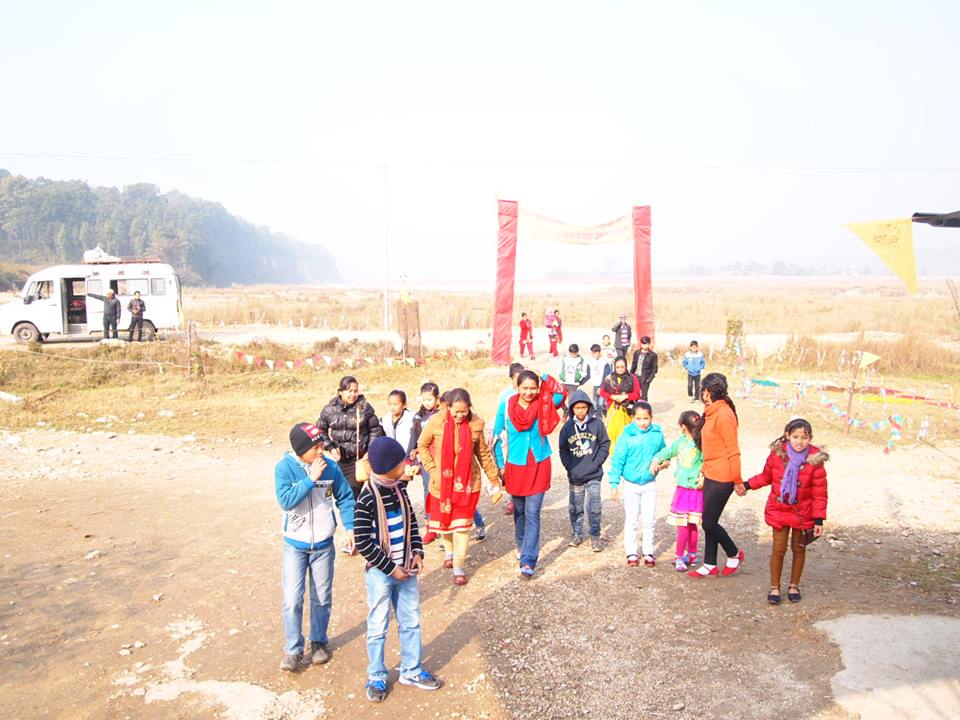
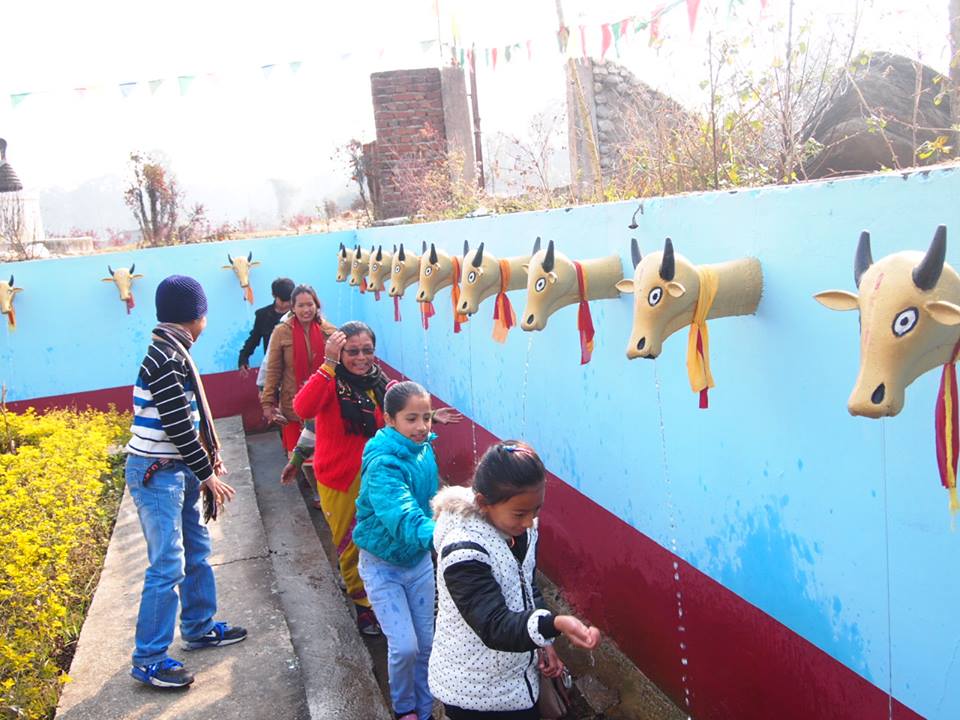
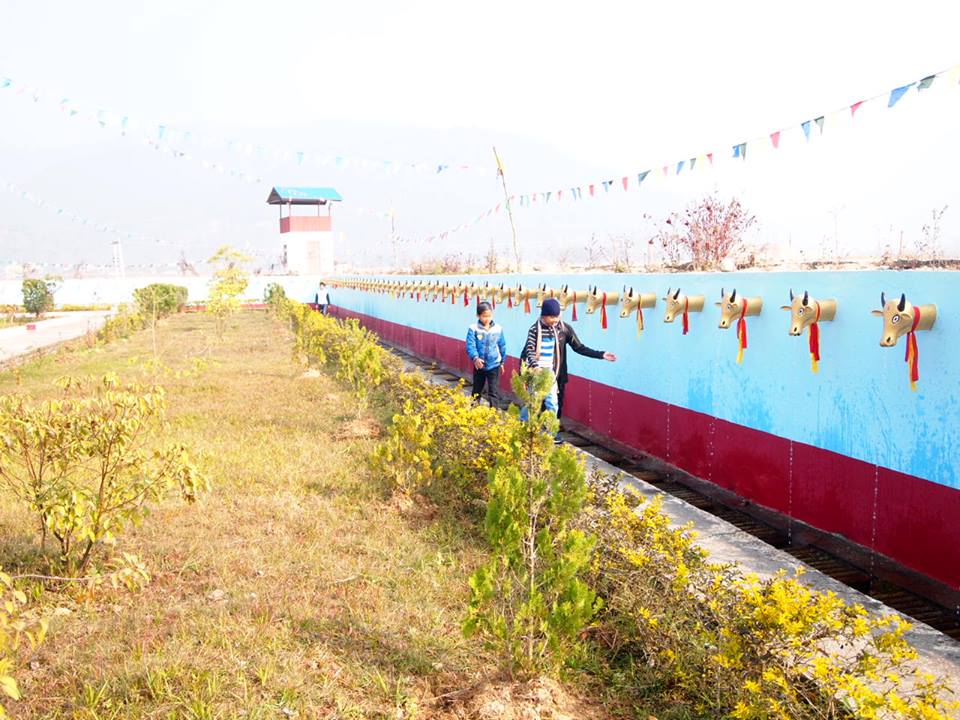

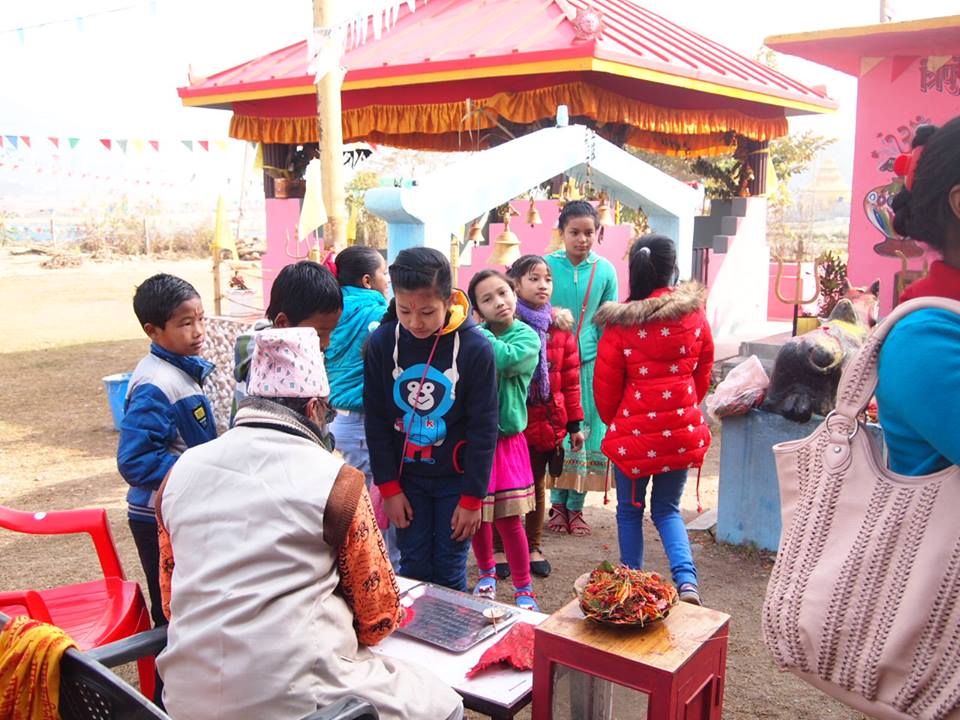


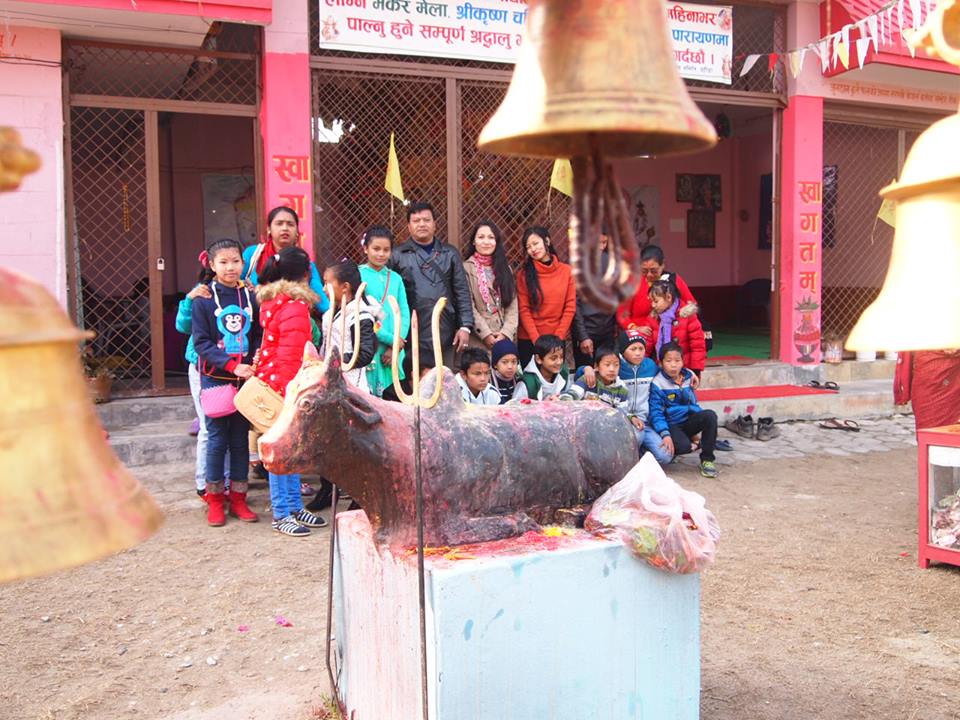
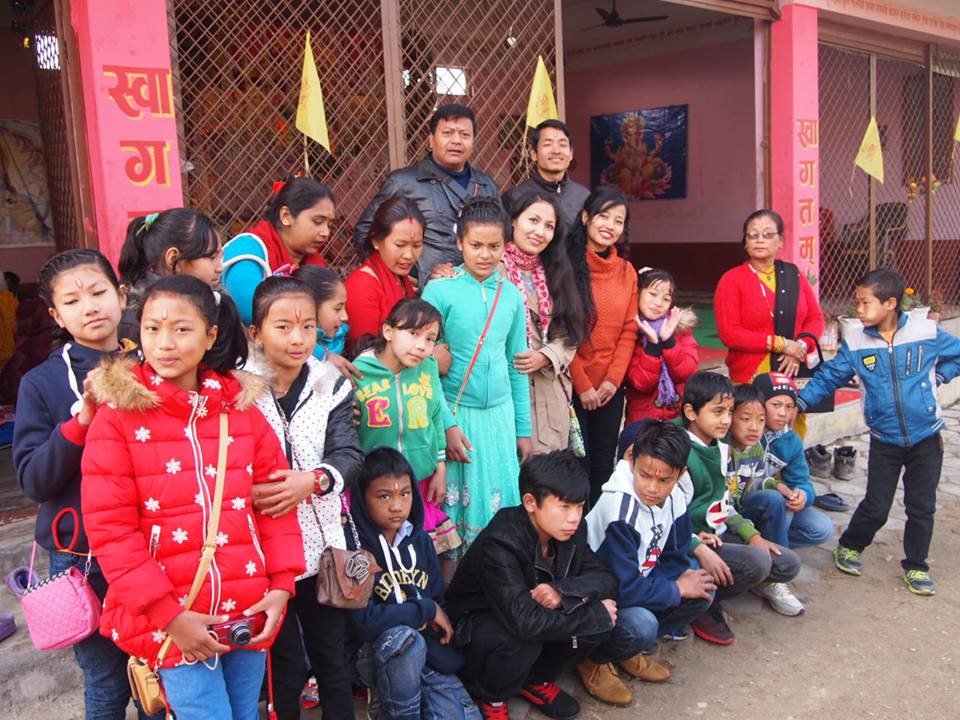

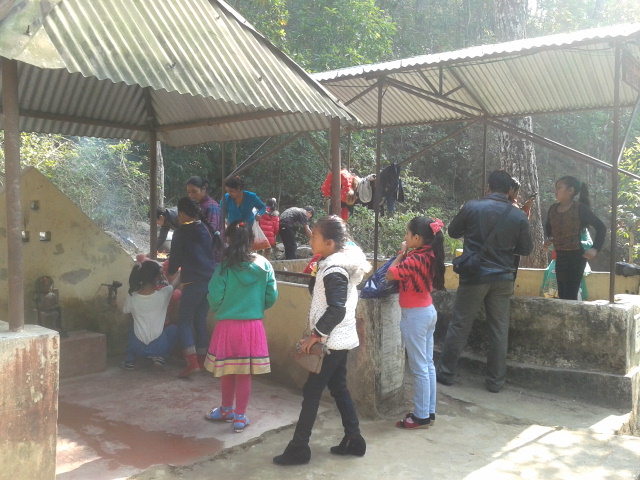
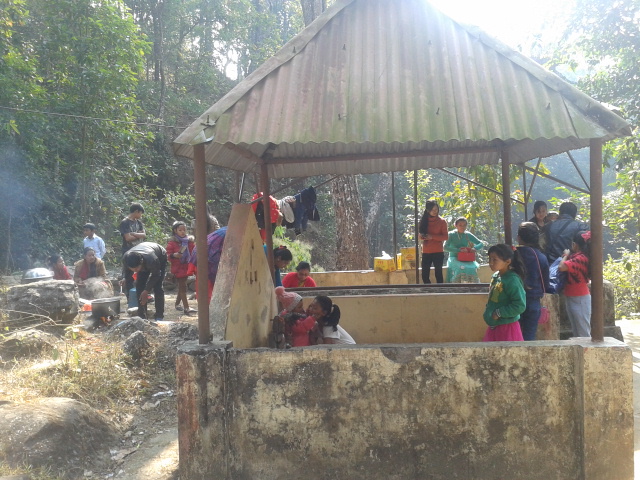




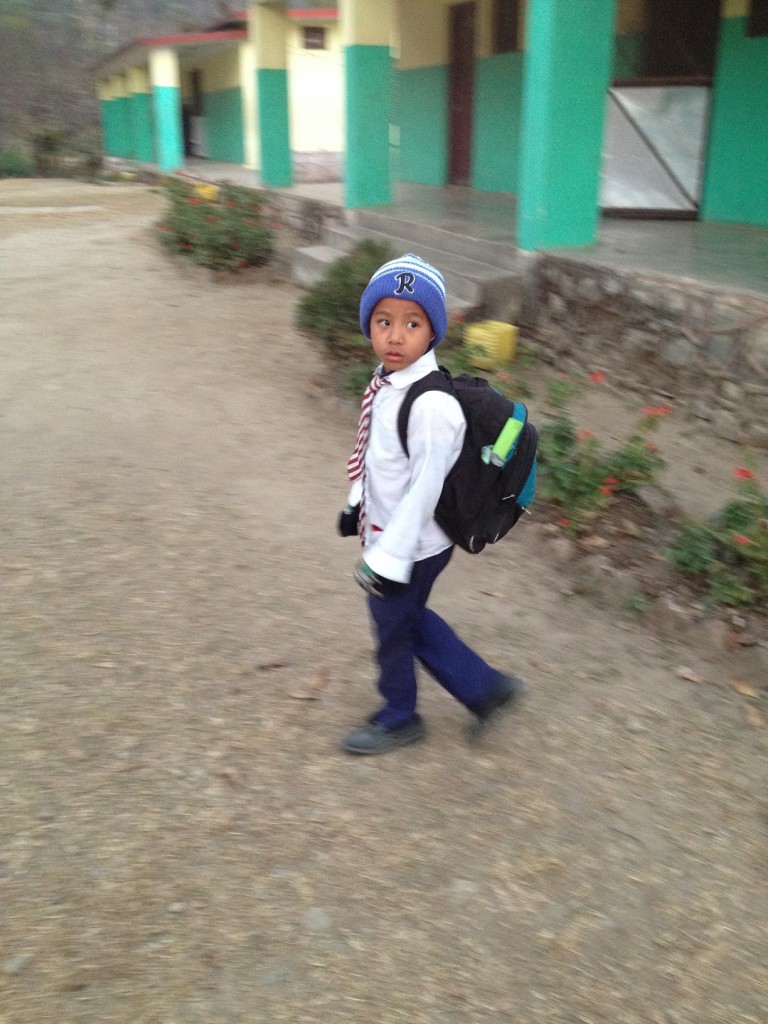
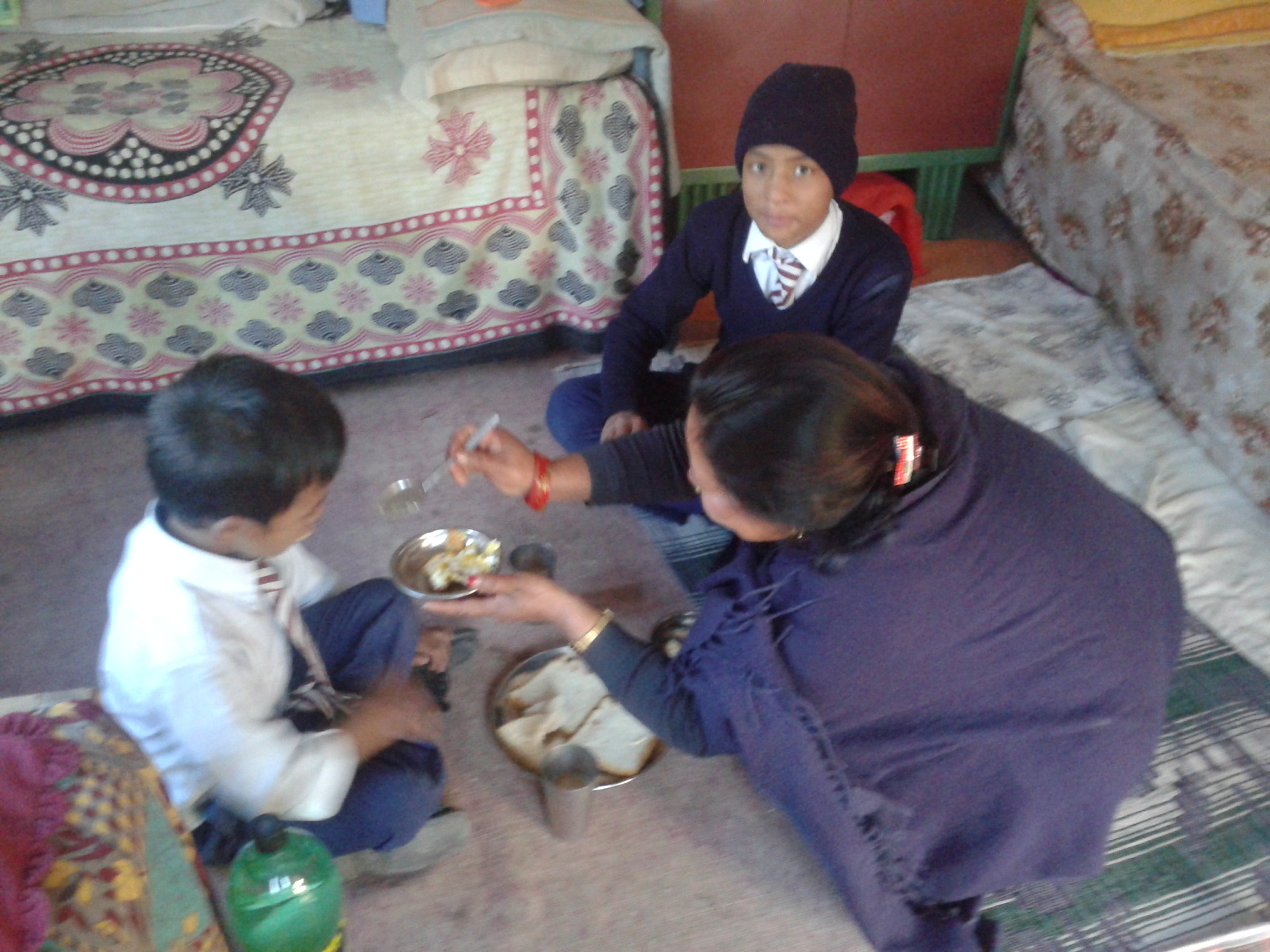
![IMG_8103[1]](http://amicsnepal.blog.pangea.org/files/2016/01/IMG_81031.jpg)



